Our First Impressions on Aerosoft CRJ 550/700 for Microsoft Flight Simulator
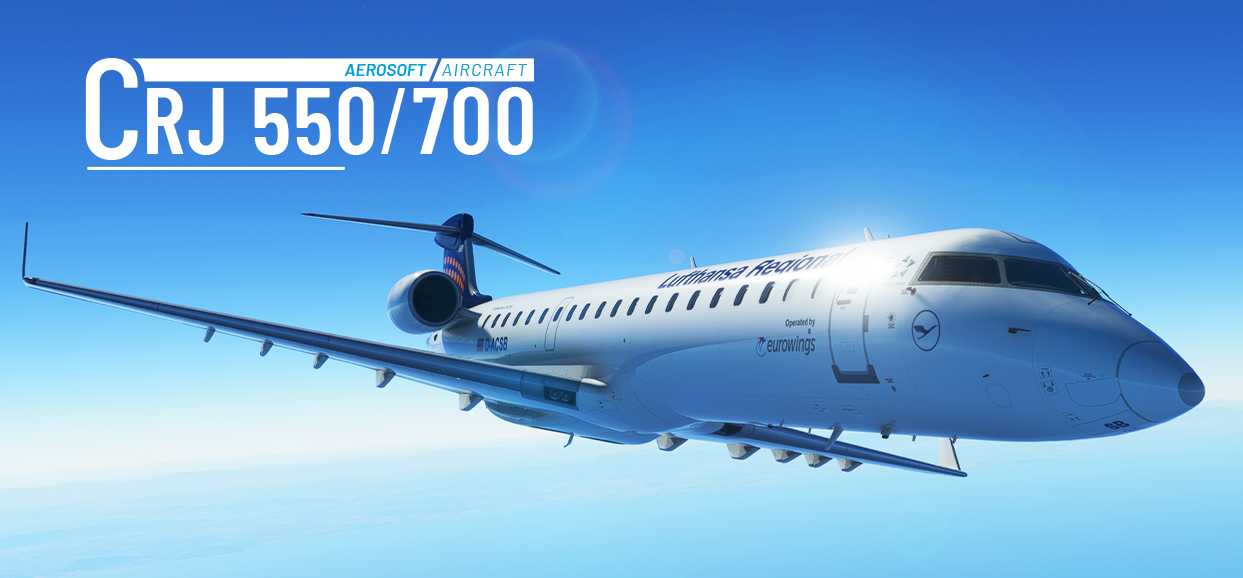
For a long time we have been waiting for this aircraft. The Aerosoft CRJ 550 / 700 series for Microsoft Flight Simulator was finally released on March 16, 2021. Originally, a release, although not officially announced, was planned sometime at the end of the last year. However, Aerosoft decided to postpone the release until the first quarter of 2021 in order to still work on the aircraft. Apparently, this paid off: Mathijs Kok from Aerosoft is excited and surprised about the good number of sales immediately after release. Thus, sales seem to have exceeded some expectations. Hopefully, Aerosoft is motivated enough to continuously develop and improve the plane in the future by providing additional updates. At least it looks like they are.
Pricing
The price of the Aerosoft CRJ 550 / 700 series, excluding taxes, is € 42.00 EUR in the in-house Aerosoft store. However, Aerosoft also makes the product available in Microsoft Flight Simulator's in-game marketplace. There it costs € 1.00 EUR more. In fact, some - though not many - users from the community have complained about a too high price. To this, Mathijs Kok from Aerosoft responds as follows:
On prices things are simple. at this moment we set things a bit below what was standard for P3D because we have a larger potential audience. But we simply believe the prices are correctly set. Indeed for people who are not accustomed to the prices of FS DLC it might indeed seem high, but if you consider the investments (a serious aircraft can easily cost us half a million) things might seem more normal.
About the First Look itself
We were kindly provided with a copy by Aerosoft to test it for you. It should be said: This does not influence our opinion on the product itself. We would also like to point out that this "First Look" does not deal with all the details of this aircraft. We don't go into much depth, which is also due to the fact that none of us has ever flown a real CRJ, let alone is very familiar with the system itsel. We're able to share our first impressions as passionate flight simulation fans. If you are looking for a good help for your purchase decision, you are welcome to use our "first impression" of this product as an aid, but you should also consume other reviews and experience reports.
Product features
These are the recommended system requirements for Aerosoft CRJ 550/700:
- OS: Windows 10 version 1909 or higher
- Processor: Intel i5-8400 | AMD Ryzen 5 1500X
- Graphics: NVIDIA GTX 970 | AMD Radeon RX 590
- Memory: 16 GB
- Diskspace: 2.3 GB
- Mouse with mouse wheel
- Controller with throttle channel
Download and Installation
As mentioned above, we obtained our copy from Aerosoft itself. After sign-up and payment on their homepage, we received the download link and the serial number for the product in our account overview a few minutes later. There, Aerosoft provides us with the required setup files on the one hand, and the documentation and manuals separately on the other. The download of version 1.0.0.0 is about 720 MB in size. Thanks to Aerosoft's CDN servers, the download was quite fast for us - with about 8 MB/s it took less than 10 minutes to finish. After installation, the product will take up about 2 GB of hard drive space.
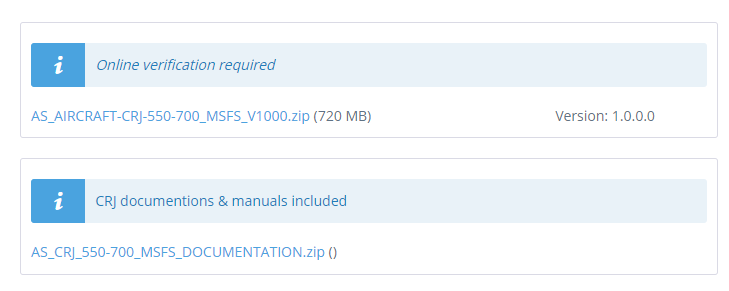
To install, we need to run the setup file we just downloaded. It automatically finds the installation path of Microsoft Flight Simulator, so we only have to confirm the EULA and activate the installation with our serial number. Installation works both for the Steam, as well as for the Microsoft version of the game. It then proceeds without any problems and was completed within 5 minutes in our case. That's it! One thing to mention: Before and after the installation, the setup program lets us know us that the loading of the aircraft during the first start may well take some time. Since the aircraft is initialized on first launch, Aerosoft advises us of a possible 10 minute wait, which can cause Microsoft Flight Simulator to freeze even with a good gaming setup. The CRJ series from Aerosoft is namely the first product for the MSFS that completely relies on a "WebAssembly" technique. This comes with many advantages, but also has some disadvantages: When a WASM aircraft is initialized for the first time, the files are converted to a Windows DLL file. This can occasionally take some time. This message is also shown to us during the loading process in-game. We did not measure the initialization time exactly, but it took by far not 10 minutes for us. This one-time slightly longer waiting time occurs at the first start of both aircraft, i.e. once for the 550ER and once for the 700ER. We will come back to the other advantages and disadvantages of the WebAssembly technology later. After successful installation, two aircraft we have just purchased are available to us in the aircraft overview: The CRJ 550ER and 700ER. We have decided to choose the 700ER in the following. There shouldn't be too many differences anyway - apart from passenger capacity and max. take-off weight.
Exterior
The aircraft is delivered with a total of 8 liveries for the CRJ 700 and 2 liveries for the CRJ 550. By the way, here at Flightsim.to you can already find far more than 80 other liveries that were created by the community - check this page for even more Aerosoft CRJ 700 Liveries. The default ones are:
- CRJ 550:
- United Express/Go Jet N504GJ
- Private D-ALKI
- CRJ 700:
- LH/EW Regional D-ACSB
- LH Cityline D-ACPF
- Air France Hop F-FGRZH
- American Eagle N508AE (New Colors)
- Alaska Airlines N215AG
- Delta Connection/SkyWest N608SK
- Delta Endeavor N391CA
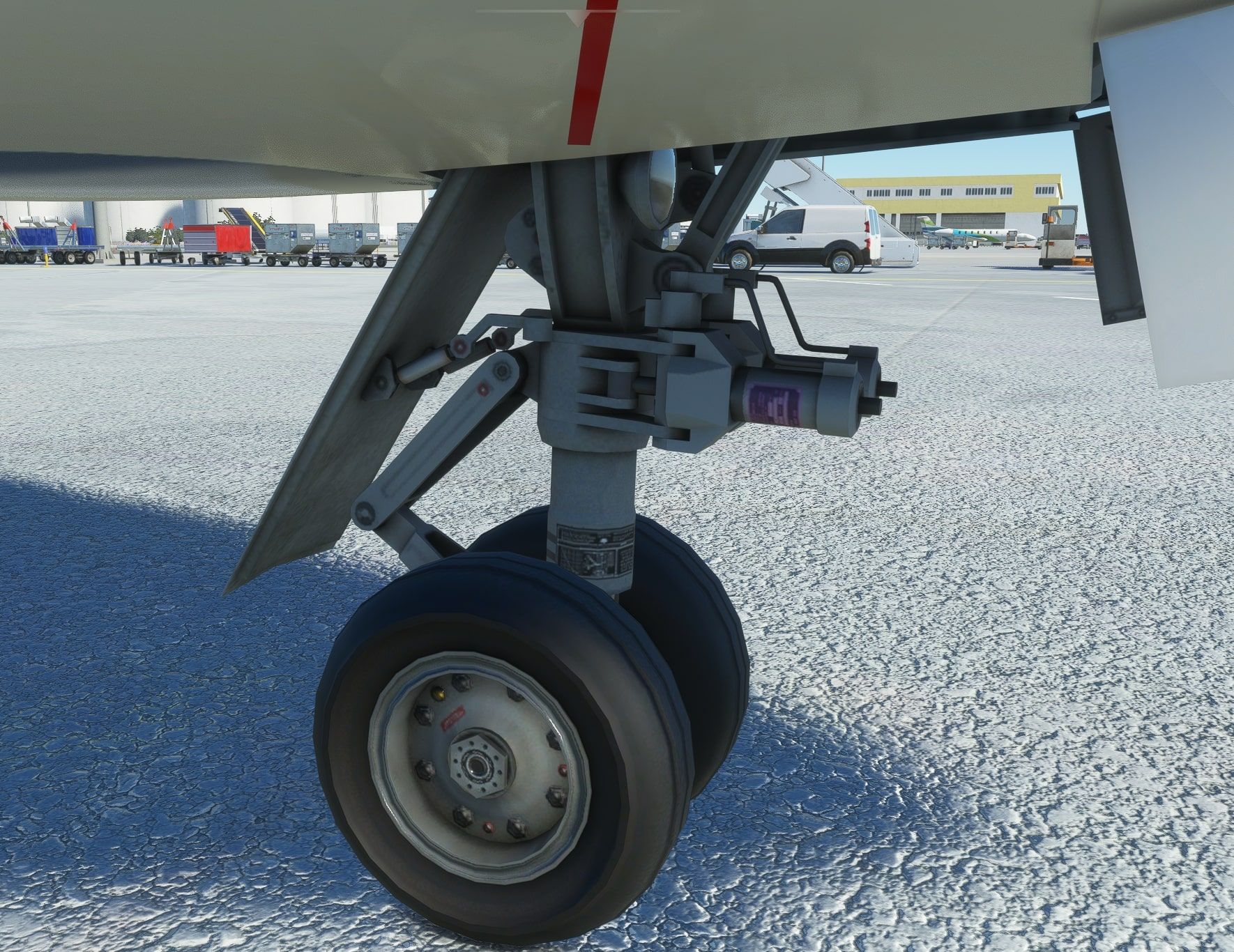
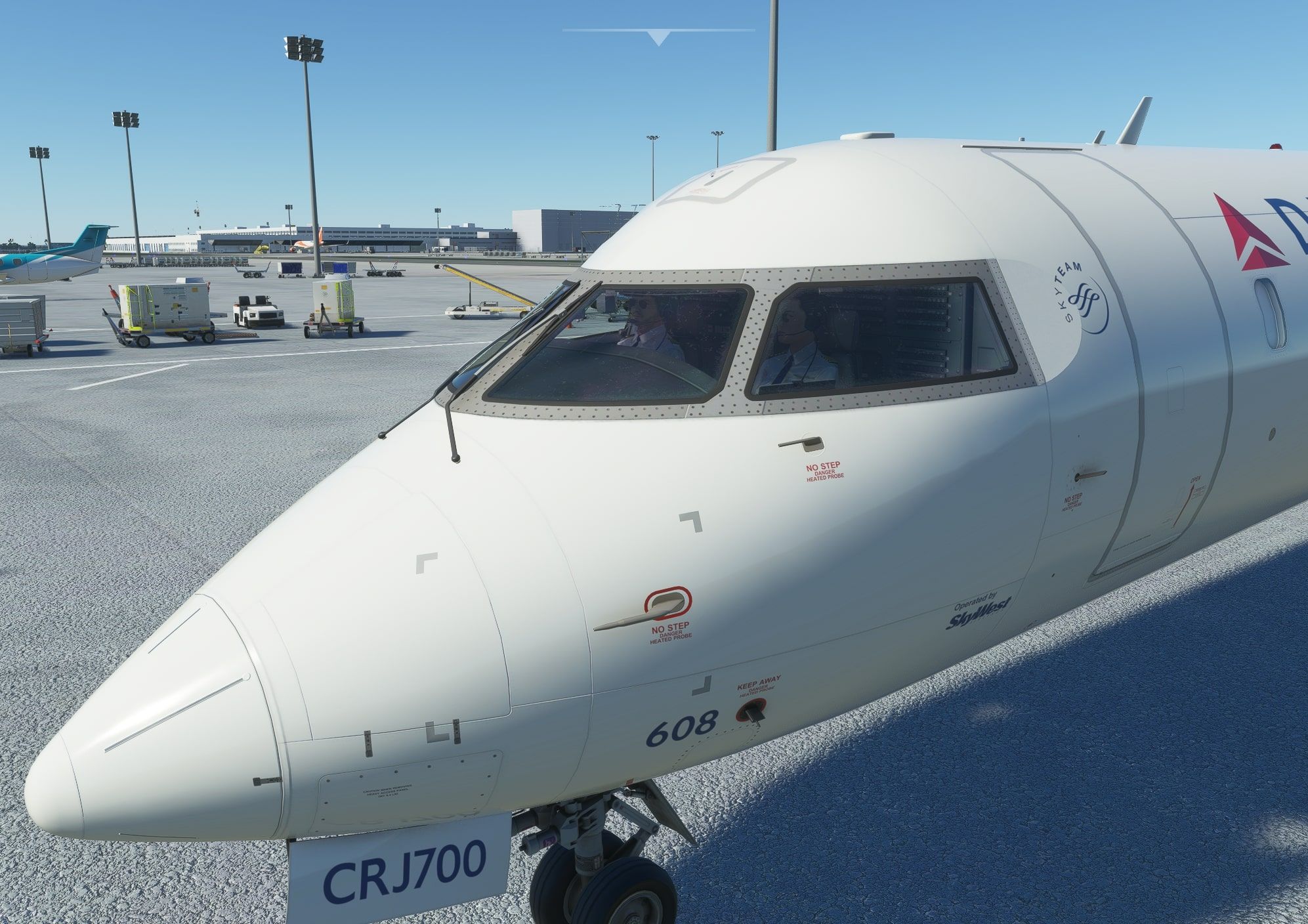
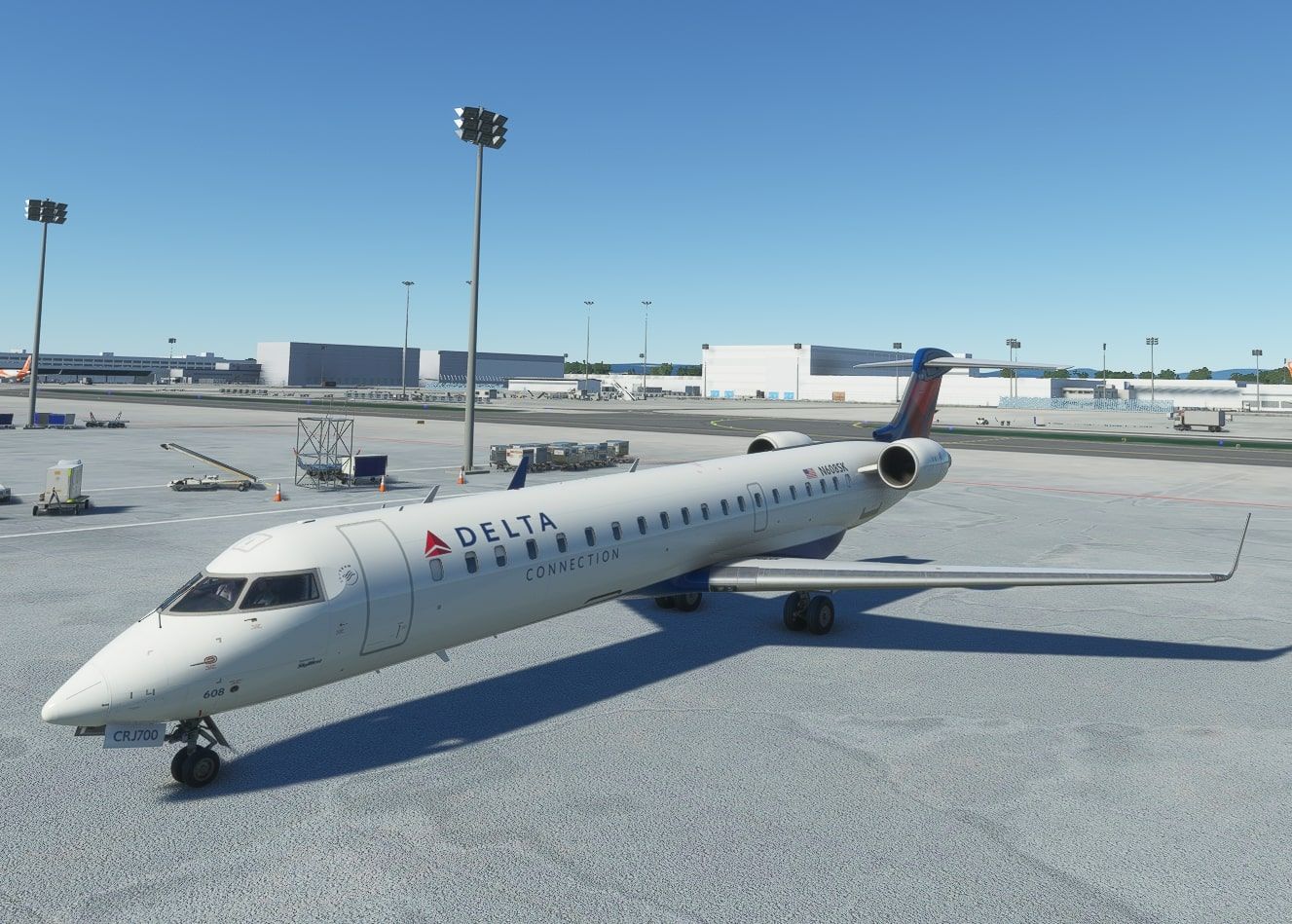
In the following, we have chosen Delta Airlines. The exterior model looks - to be honest - just fantastic. Aerosoft has obviously put a lot of effort into modeling this aircraft. It takes the full advantage of all the new technologies and possibilities provided by Microsoft Flight Simulator, including high-resolution PBR texturing.
Although the first impression is very impressive, a closer look, especially if you zoom in more, reveals some rough edges. The lettering on the plane also looks increasingly blurry the more we zoom in. This may be because Aerosoft decided not to fully implement aircraft painting with geometry. The main reason is that they wanted third-party livery creators to have an easier time publishing their own liveries. To do this, Aerosoft relies on traditional 2D modeling for the liveries, rather than a 3D mapping technology, which is actually used by Microsoft Flight Simulator standard aircrafts. The fact that third-party creators, like many of us here at Flightsim.to, would have to laboriously compile these files and implement them using a 3D software like Blender for example, has caused concern that the number of liveries would suffer significantly. Content Creators should be more than happy about this decision: Anyone who creates liveries for Microsoft Flight Simulator knows how hard it is to correctly map the textures to the plane, compared to traditional simulators like X-Plane, for example. Aerosoft wanted to make it as easy as possible for those creators - which is also very beneficial for the community, as they will be able to enjoy more liveries thanks to this handling. The painting technology they decided for is is much easier and faster. Using traditional pixel maps has only a minimal, visually noticeable disadvantage anyway. That did not bother us very much, as you really only zoom in so close to the aircraft at all in review cases like this. In "everyday use" you should hardly notice any difference. By the way, Aerosoft has announced that they will also provide an official paintkit.
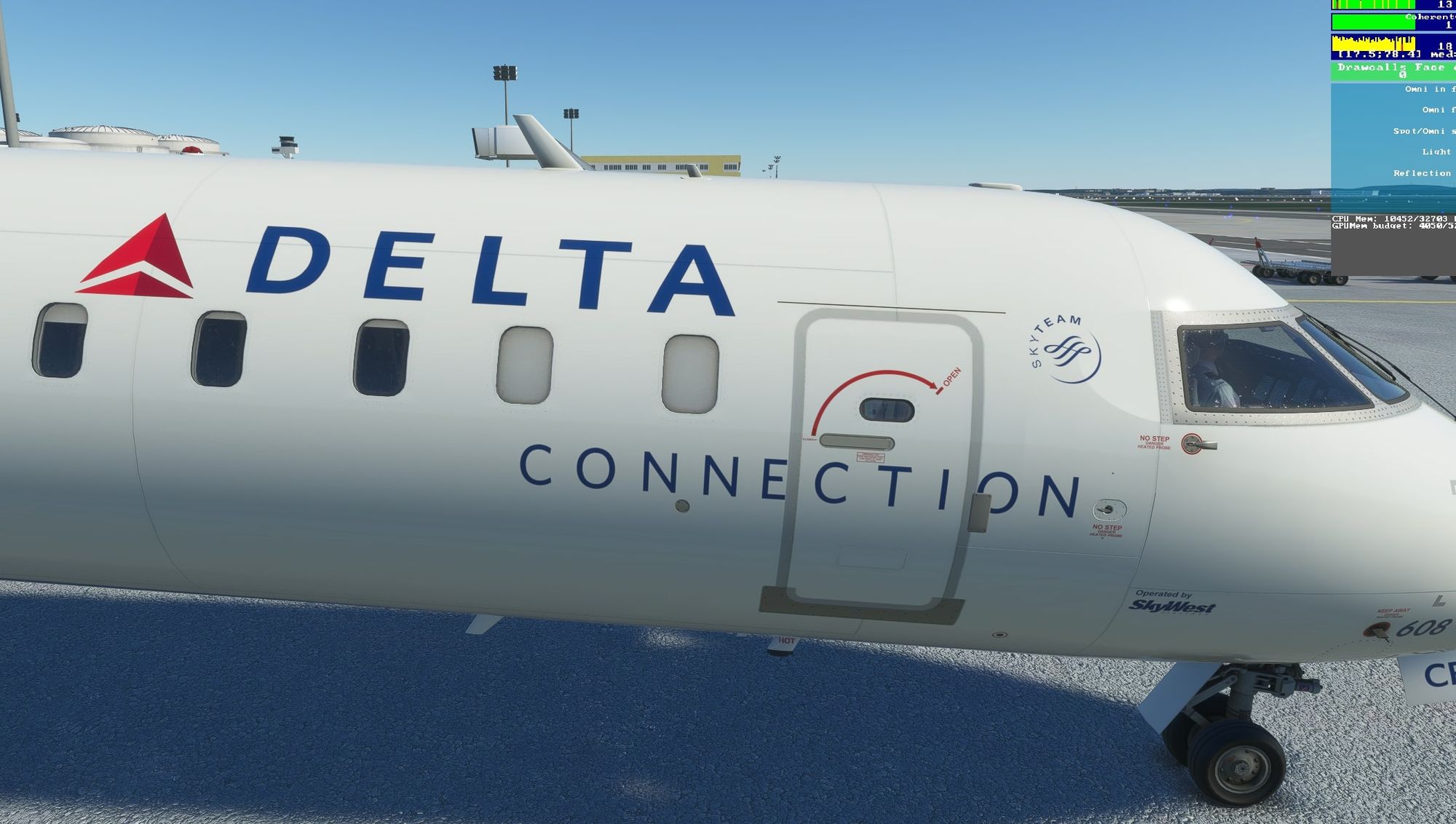
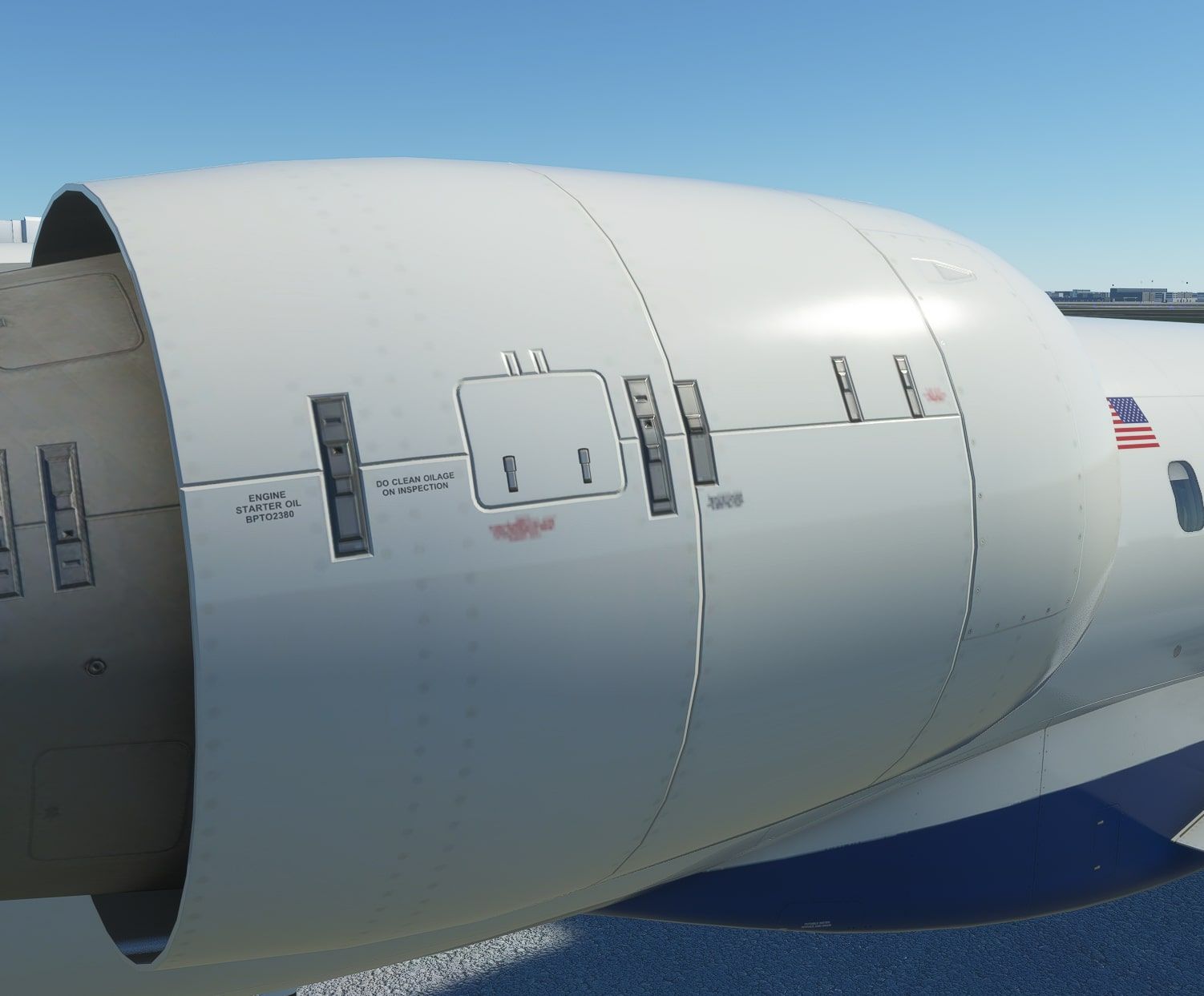
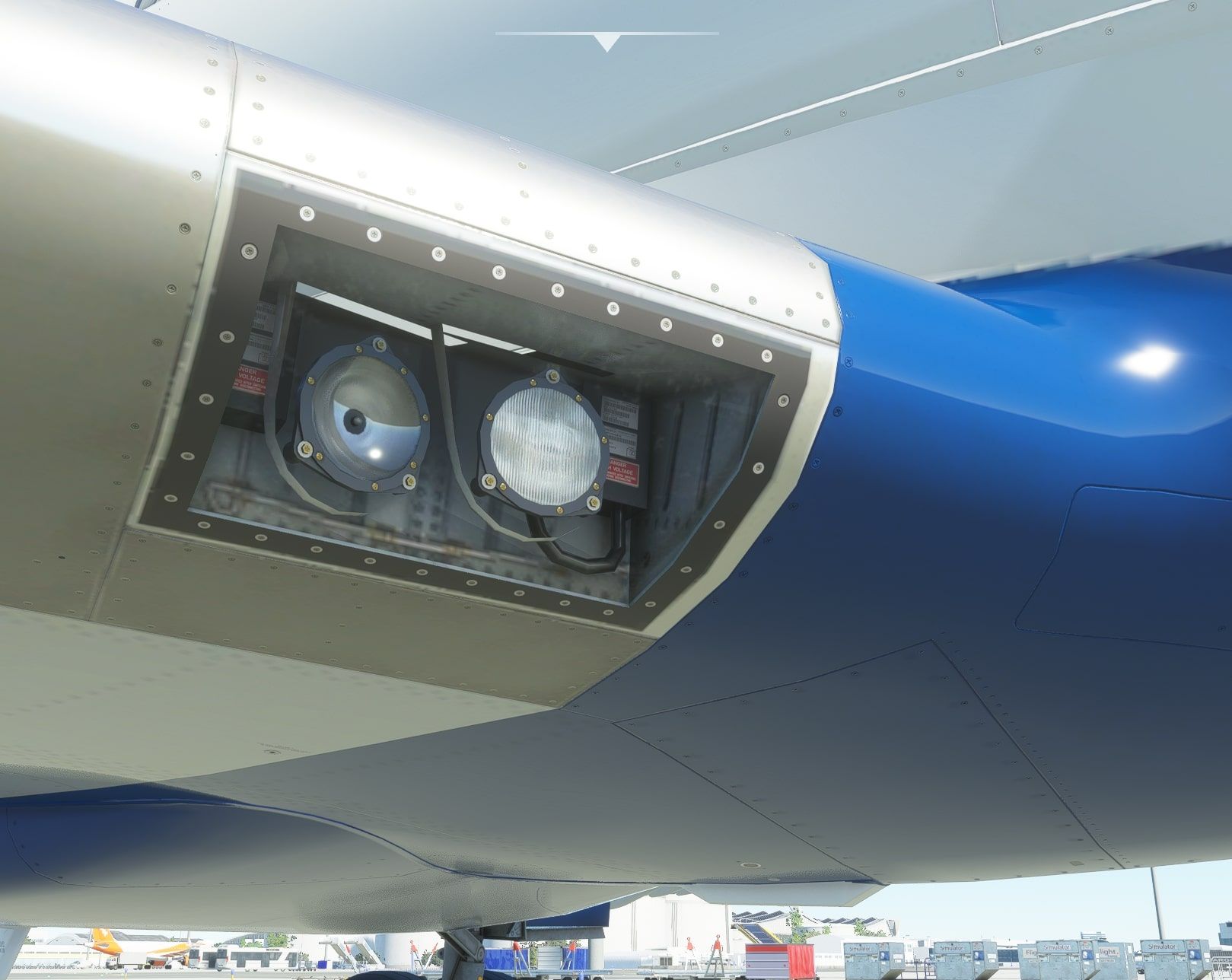
Animations of the doors, landing gear, flaps are fluid and realistic - there is absolutely nothing to complain about here. But: To all the anticipation of a flight, it is highly recommended to start on ground. When we selected an approach directly on the World Map and practically "spawned" in mid-air, the first thing the plane did was to pitch straight right to the ground. Anything but stable, anything but fun. What we did positively notice was, however, that TCAS and GPWS were working. Therefore, at least in its current state, the Aerosoft CRJ should only be spawned on ground, namely at an airport.
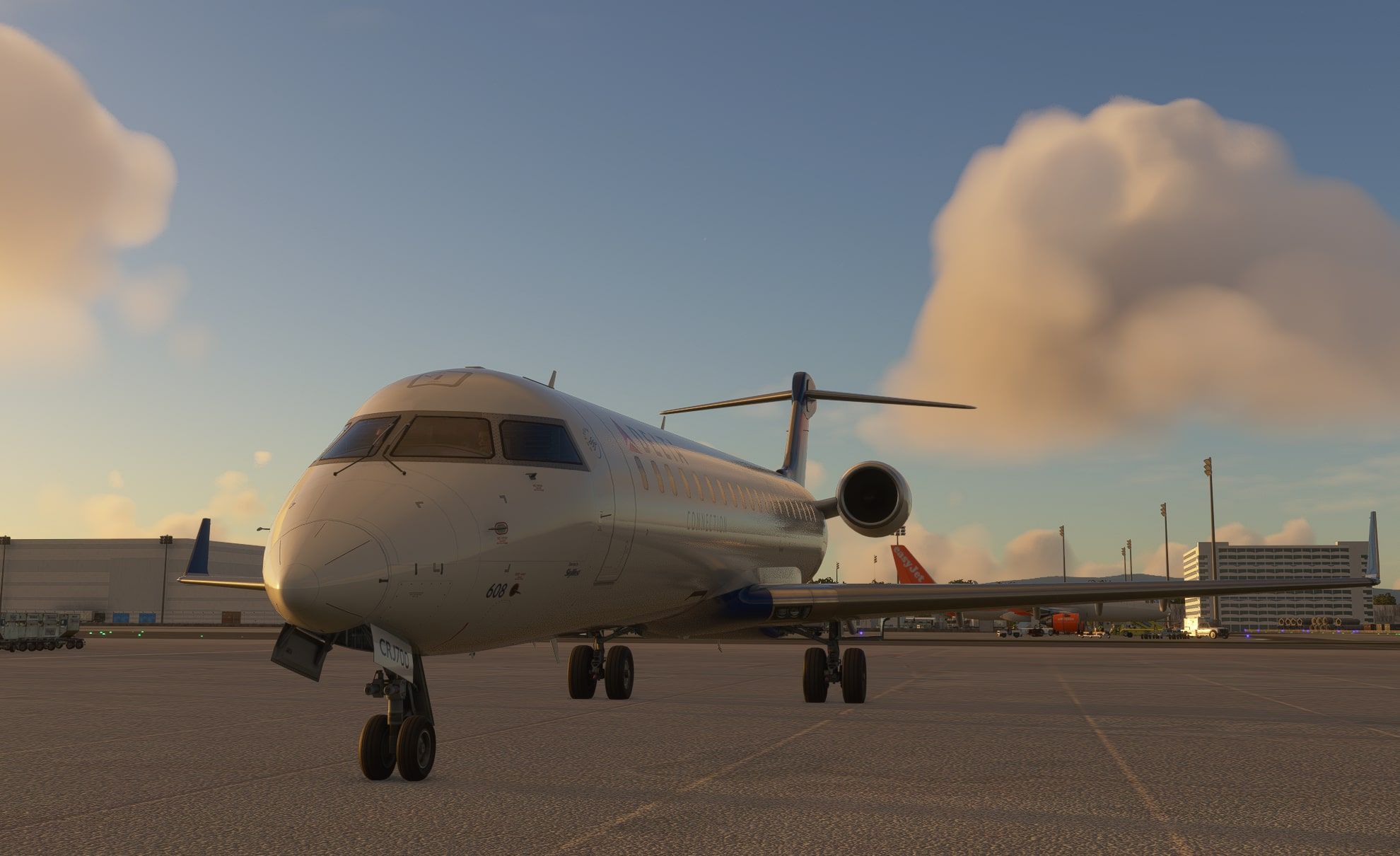
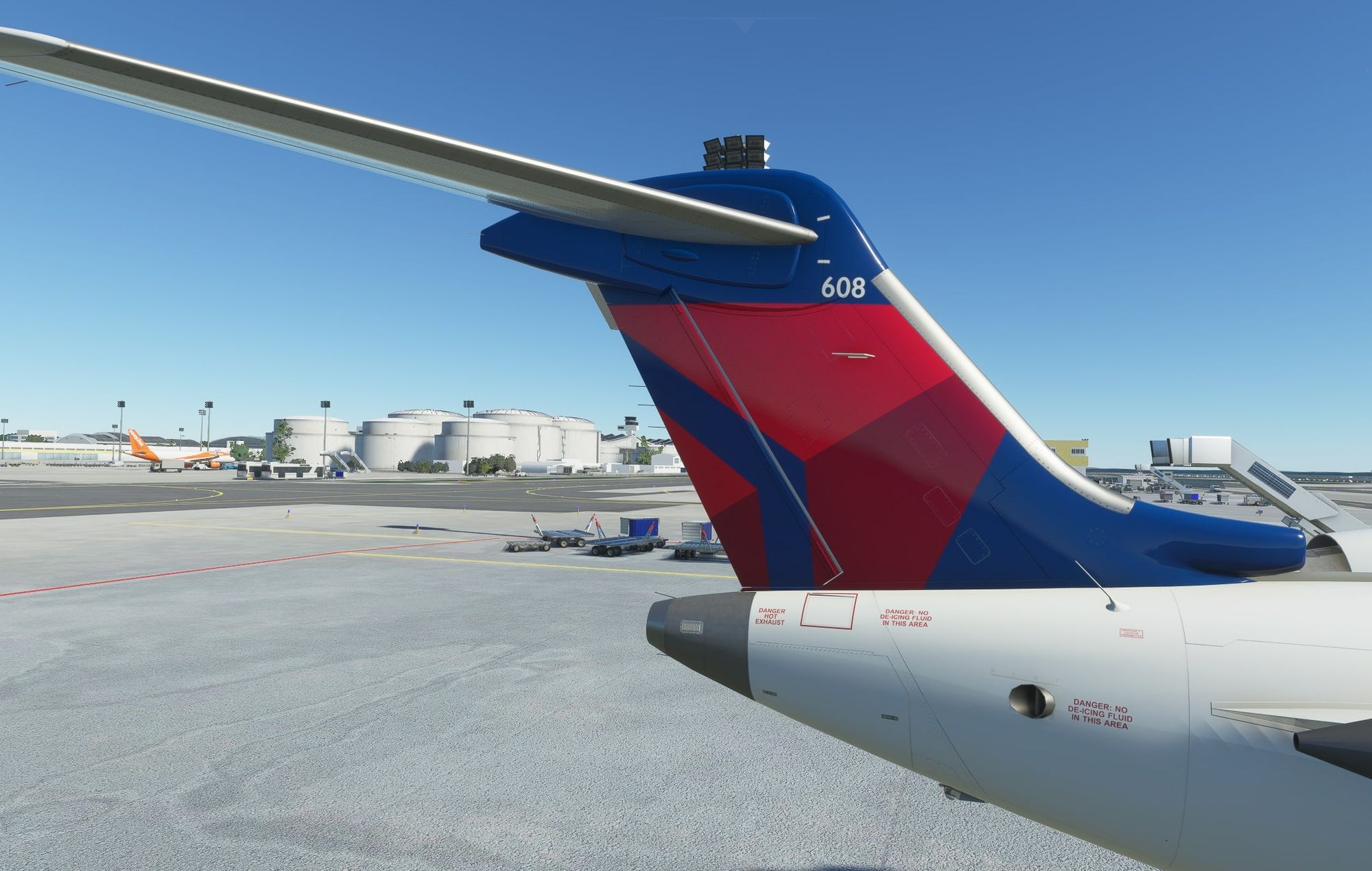
The Cockpit
It must be said that the first impression of the cockpit is also extremely positive. Everything looks neatly modeled, using realistic materials for the extensive 3D modelling, which makes a lot to the overall immersion. All buttons, switches and levers found in the cockpit can be used. Something like the popular "Inop." doesn't exist here - well, what else should you expect from a paid DLC? Even though the cockpit looks very well done, it was a bit too "sterile" for me personally - Aerosoft could have added some wear and tear here and there. But that's a matter of taste: In any case, you get the impression that you're flying an aircraft that has just been delivered from factory a few hours ago. The atmosphere in the cockpit, however, is not disturbed at all. Pure high quality here.
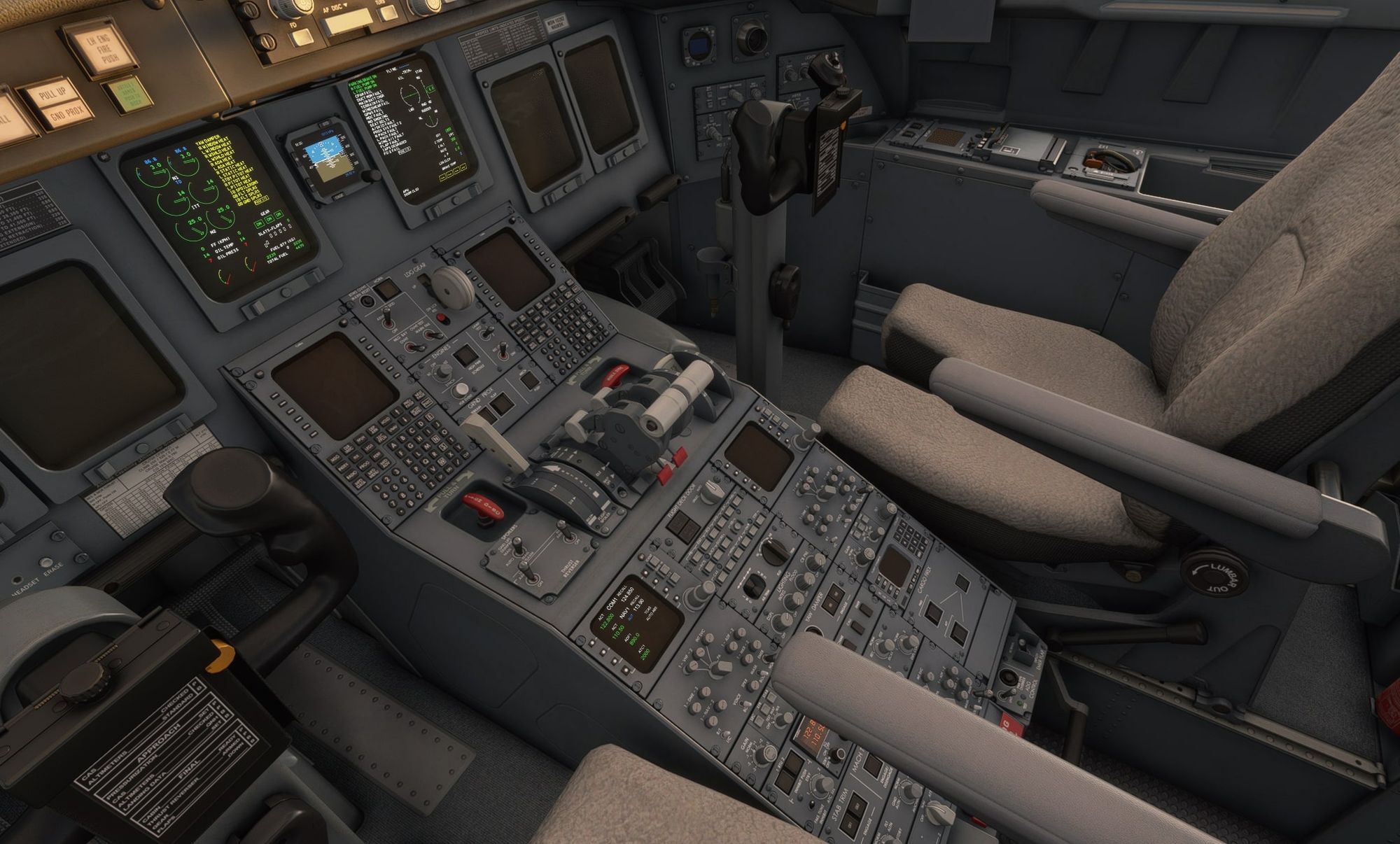
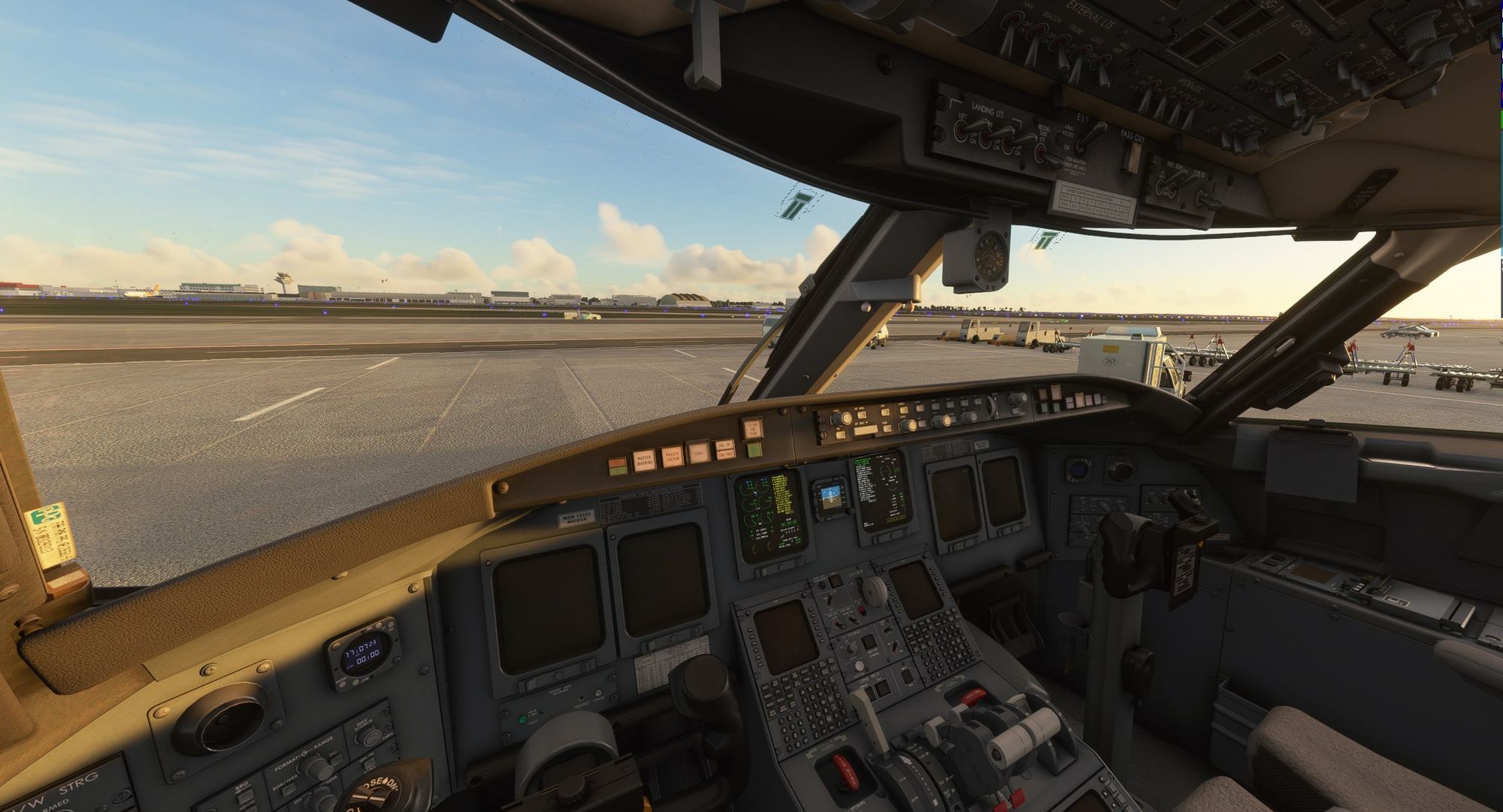
What contributes significantly to the successful atmosphere are the sounds. Aerosoft takes full advantage of Microsoft Flight Simulator's 3D sound system here - every click, every turn of a button has its own "location" in relation to the viewpoint. It may sound like a minor thing, but it has a big impact on the feeling of authenticity. In general, the soundscape - from starting the APU to starting the engines - is very coherent and definitely high-quality. If we select a parking position at the airport for takeoff, the aircraft starts in cold and dark mode, or at least it should. Surprisingly, the LEFT EICAS display and the RIGHT EICAS display are already switched on, and the engines are already running. Whether this is intentional or a bug remains to be seen. If we select the Cold & Dark mode in the Electronic Flight bag (EFB) - more on this in a moment - everything is back to normal.
All glass displays in the cockpit can be undocked via "ALT GR" and left mouse click, so that we can move them freely on our monitor. A very helpful feature! Even in the dark, the CRJ shines thanks to its 3D lighting and is a feast for the eyes. It's fun to look at the CRJ from every angle in all kinds of weather conditions. You'll rarely get tired of looking at it. Fortunately, there are already some predefined viewpoints. By the way, the CRJ also has a fully modeled cabin. You can even adjust the cabin lighting via the EFB. It's a pity that there are no predefined camera viewpoints for this, though. Even a view of the wings, looking out of the cabin, is something we have to figure out for ourselves first.
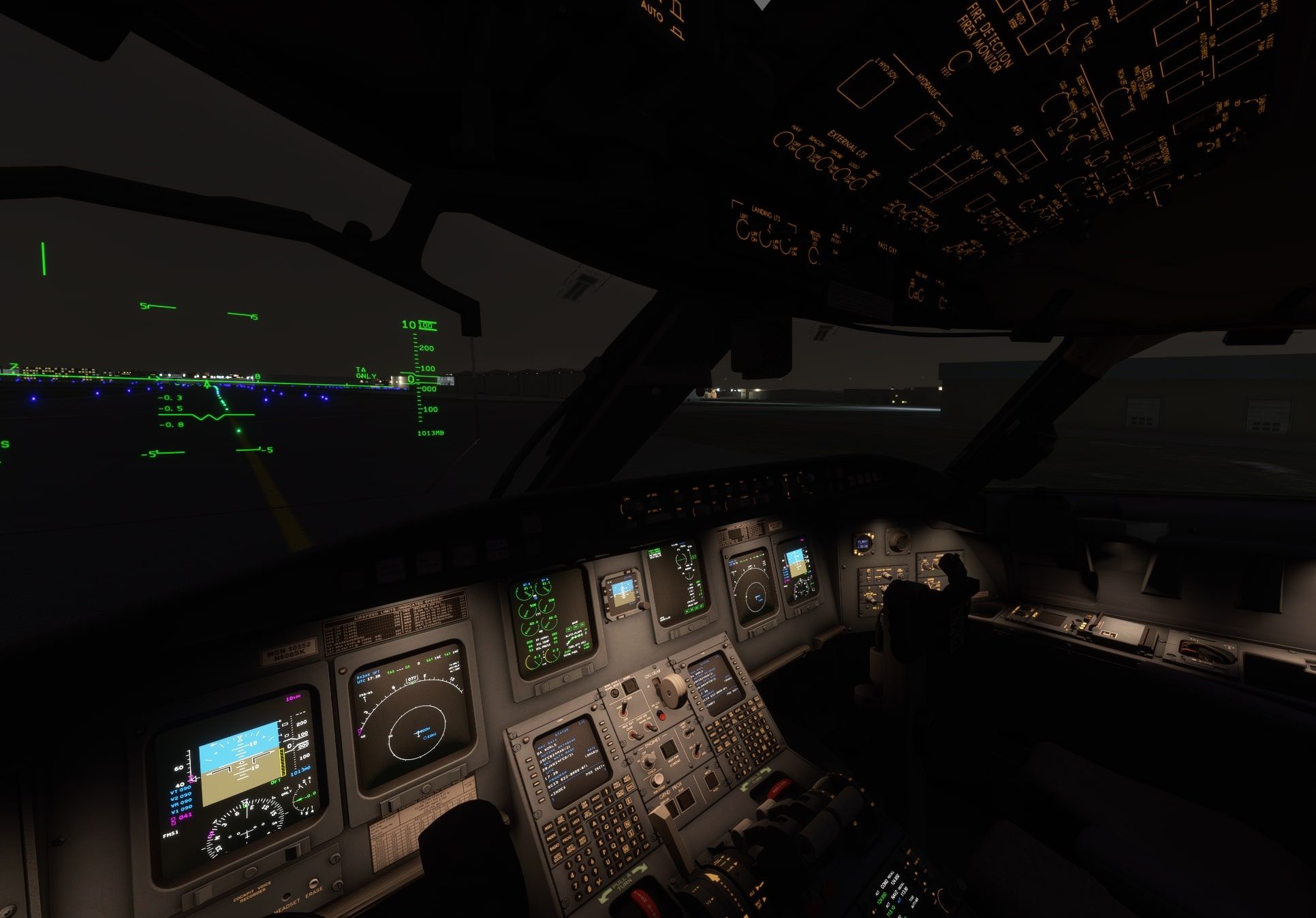
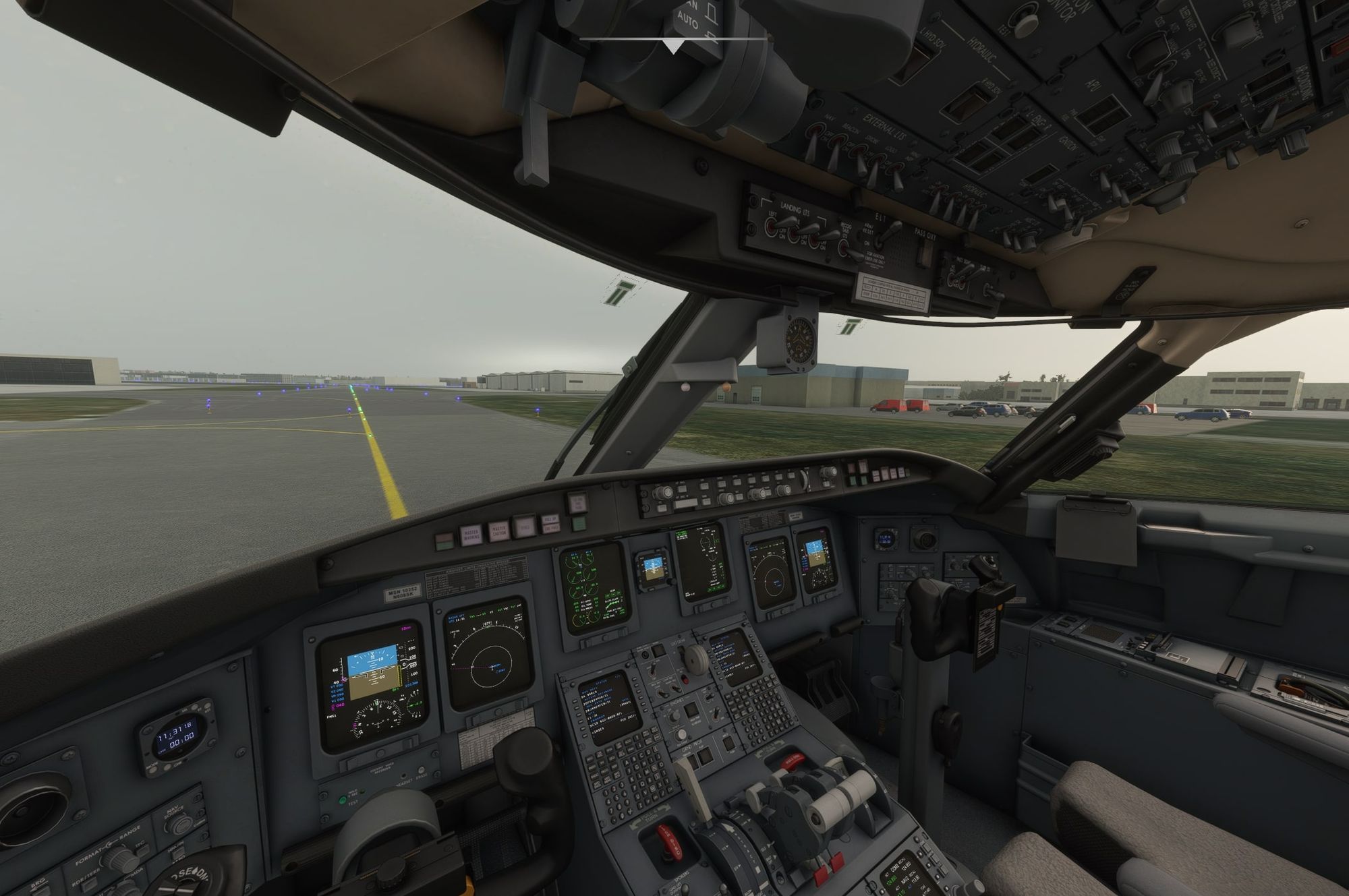
But there is a catch: If it's cloudy and rainy outside, you're pretty much out of luck. The raindrops cannot be wiped off the cockpit glass. However, this is not due to the CRJ, but - once again - to Asobo. Furthermore, the raindrops are not shown outside on the cockpit glass, but inside the aircraft itself - where it should actually be dry. This is due to the fact that windshields are currently displayed two-dimensionally in MSFS, i.e. with infinite thinness. However, Aerosoft has already announced that they will fix these problems as soon as Asobo delivers the possibility to do so.
The Tablet – Electronic Flight Bag
On the left, the pilot has a tablet at his disposal that runs the fictitious "aeroOS 1.0". We would have liked to see this tablet on both sides - i.e. also for the co-pilot. There is some helpful information and options available to us in this tablet: Checklists, Performance, Aircraft, Maintenance and other settings. Under the Checklists tab, Aerosoft provides us with all conceivable checklists. However, these are not interactive, they are merely a "sheet of paper" with the procedures, so to speak. Aerosoft also provides us with these checklists in the included PDF documents. Under the Performance tab we can calculate and set the Zero Fuel Weight, Payload, Takeoff Speeds and Landing Speeds.
The Aircraft Tab gives us visually descriptive ways to influence the exterior of the aircraft: Passenger Doors, Forward Cargo Doors, Ground Power Units, Cabin Lights. If we retract the Passenger Doors, we even have a virtual flight attendant voice to point this out and welcome the passengers on board. In addition, we can select different Aircraft States with a single click: From Cold & Dark to Ready for Taxi. Pretty neat! In the Electronic Flight Bag there are a lot more options, which we will leave aside as a "first impression" here. Perhaps worth mentioning is the nice gimmick that we can even change the colors of the PFD via the tablet and thus, for example, choose any colors for the artificial horizon. We can also calibrate our throttle via the EFB to get an even more realistic flight feel. A really good idea here.
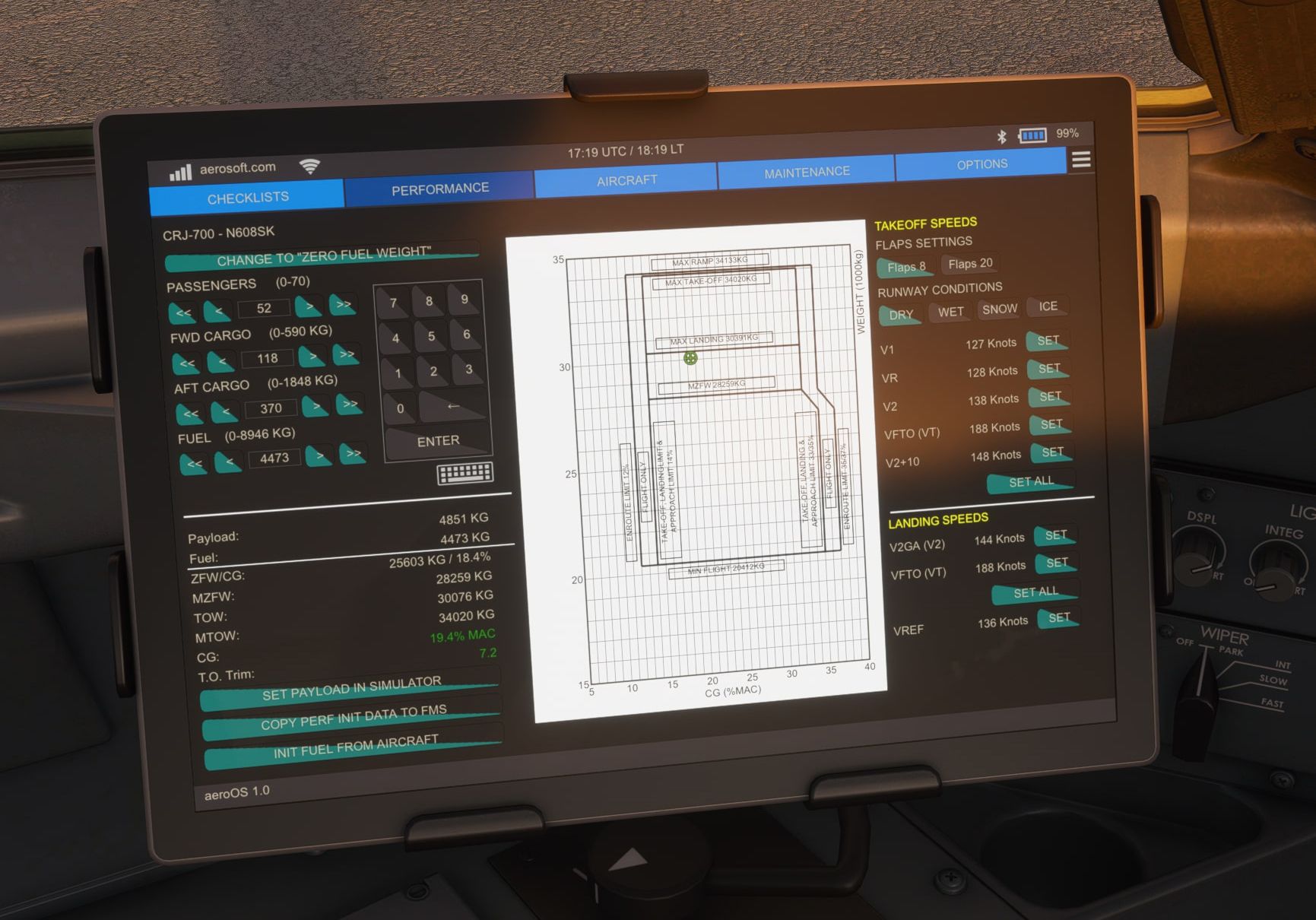
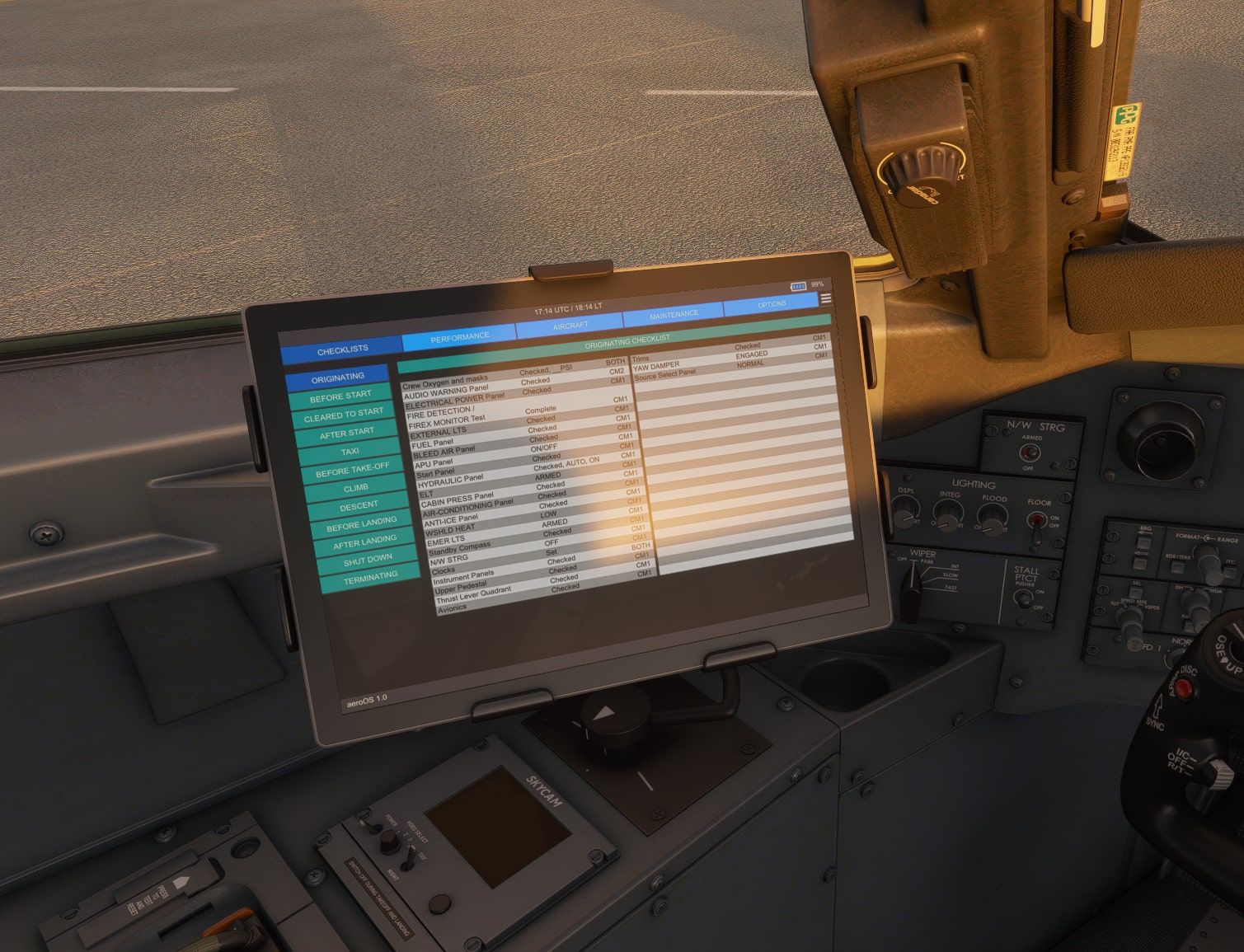
We would like to say a few things about charts. Wouldn't it be great if we could bring in charts directly on the electronic flight bag? Unfortunately, the CRJ 550/700 does not offer this possibility. The simulator is a closed environment where any communication to the outside can only be done via standardized interfaces. A connection to a chart server is therefore not possible. Nevertheless, Aerosoft advertises on its own product page that the compatibility with NavDataPro Charts and Navigraph charts with real-time positiontracking will be added, as soon as the SDK provides the options for this. However, this requires a corresponding update from Microsoft or Asobo first.
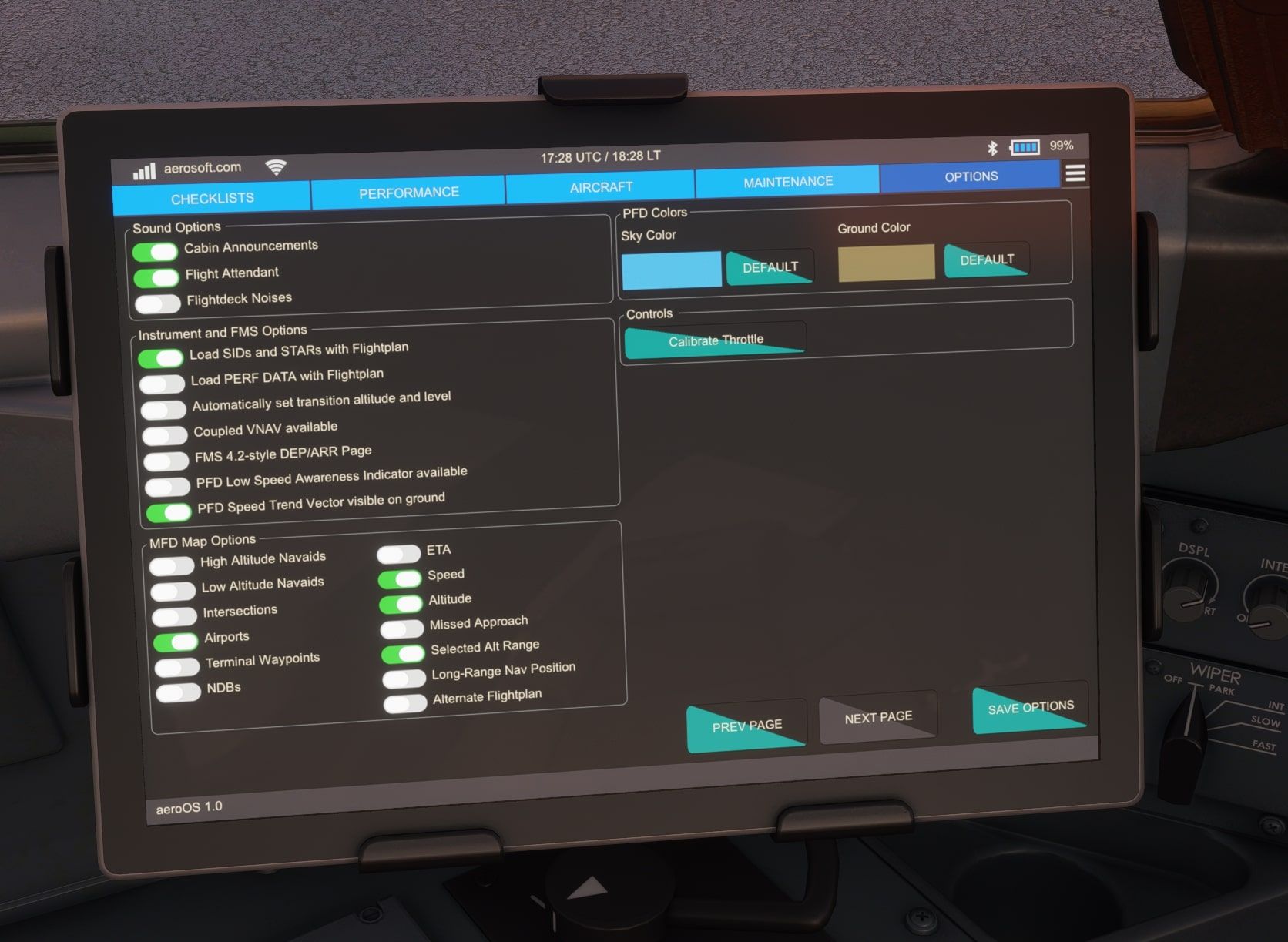
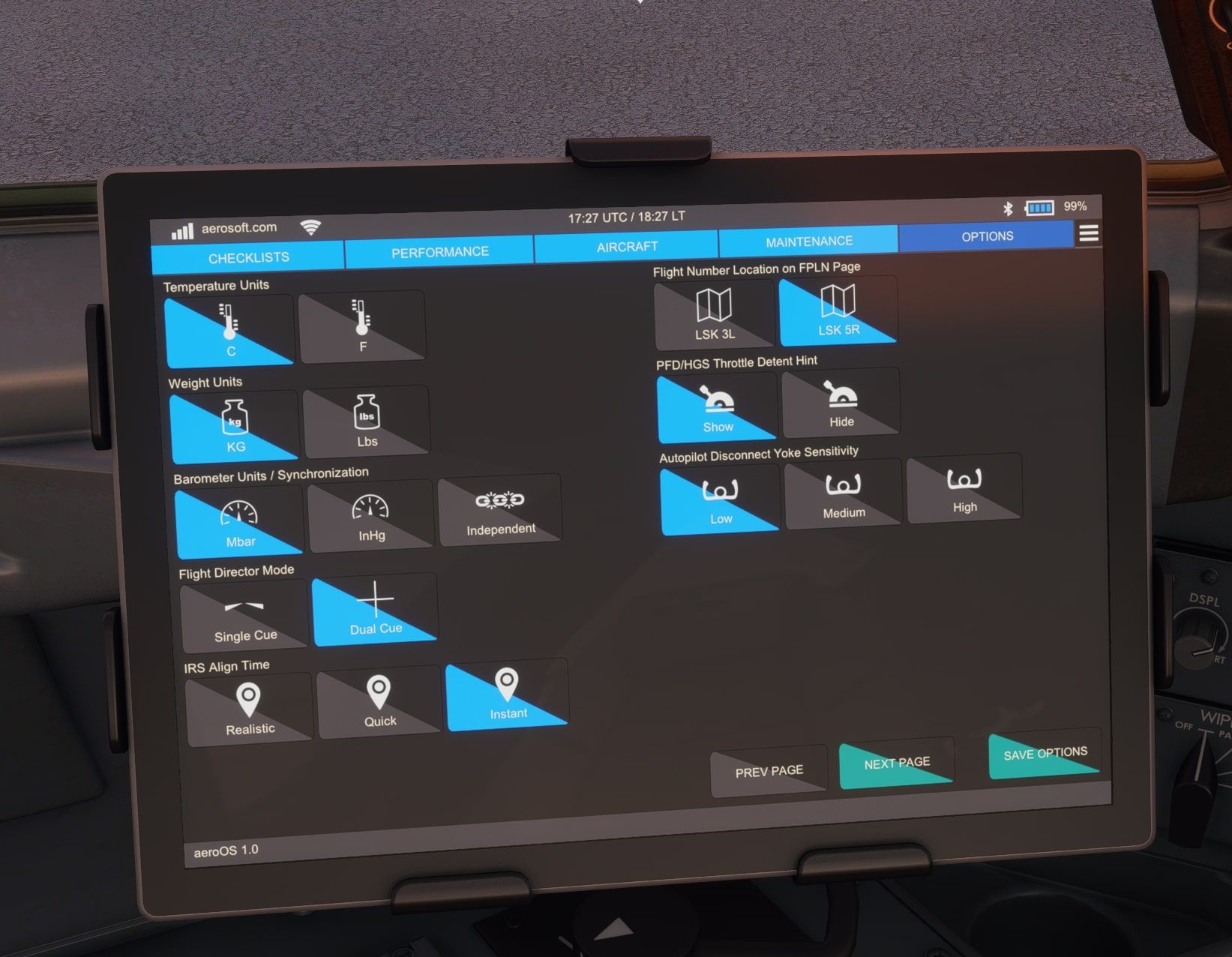
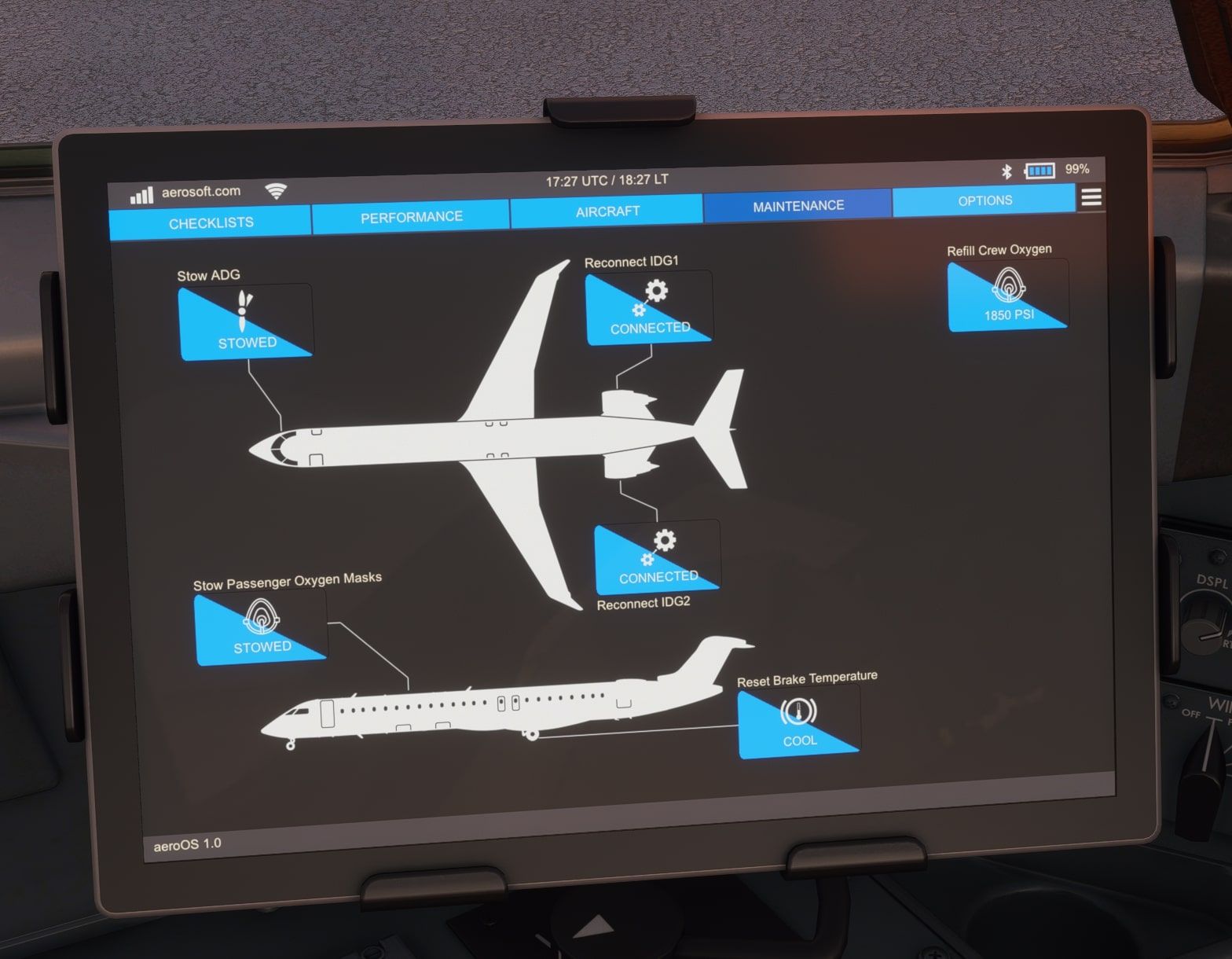
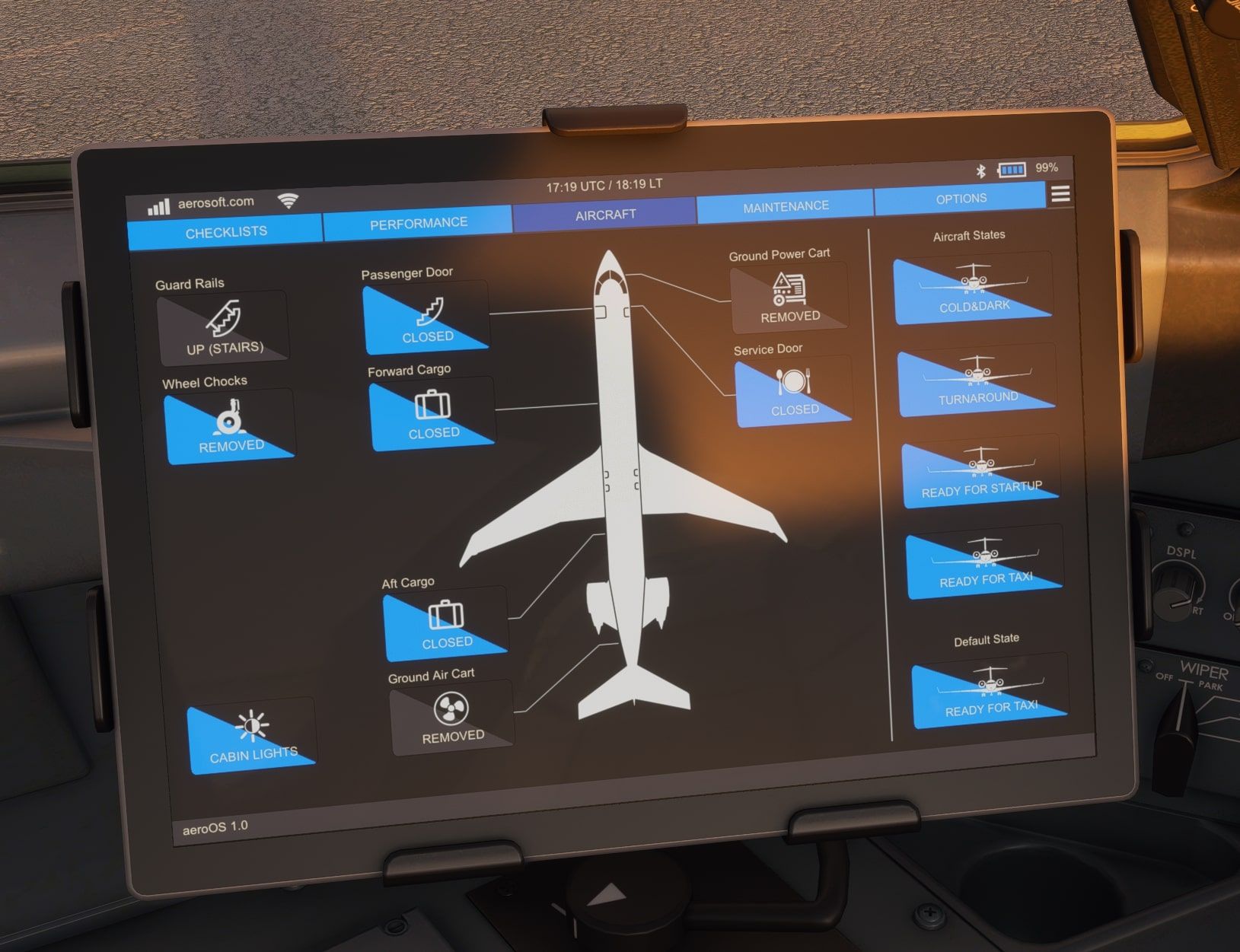
The Manuals
The aircraft comes with a total of 9 PDF documents that document and illustrate how the aircraft works. That's more than 100 pages. Also included is a Throttle Calibration Manual, an Aircraft Operating Manual, a Quick Reference Guide, and a Tutorial Flight Manual. That's a wealth of information. The tutorial flight alone is 77 PDF pages. The Aircraft Operating Manual is over 50 pages and the Quick Reference Guide is another 86 pages, all of which are very detailed and illustrated with pictures. However, we don't want to dwell on the manuals in this review - but rather on the aircraft itself.
The FMC
First of all, very pleasant news: Both FMCs are independent of each other - so the left FMC is not mirrored to the right FMC. What is particularly helpful is that we can automatically transmit the data that we enter in the EFB during flight preparation to the FMC. This includes takeoff and landing speeds, which are even transferred to the PFDs automatically. We did not encounter any anomalies while using the FMC. It works as it should and doesn't miss any features, every page is modelled as it should. The FMS knows waypoints, directs, fixes and can fly holds.
Nevertheless, it should be said here: The aircraft comes with its own navigation data, to be precise with a LIDO database as of February 2021 that can be updated via NavDataPro or Navigraph. Aerosoft does not use MSFS's own navigation database here. Apparently this was not yet feasible, but if it should be the case, an update is to be expected. The fact that the operation of the FMC via keyboard input is missing is not due to Aerosoft, but unfortunately to the missing possibilities of Microsoft Flight Simulator.
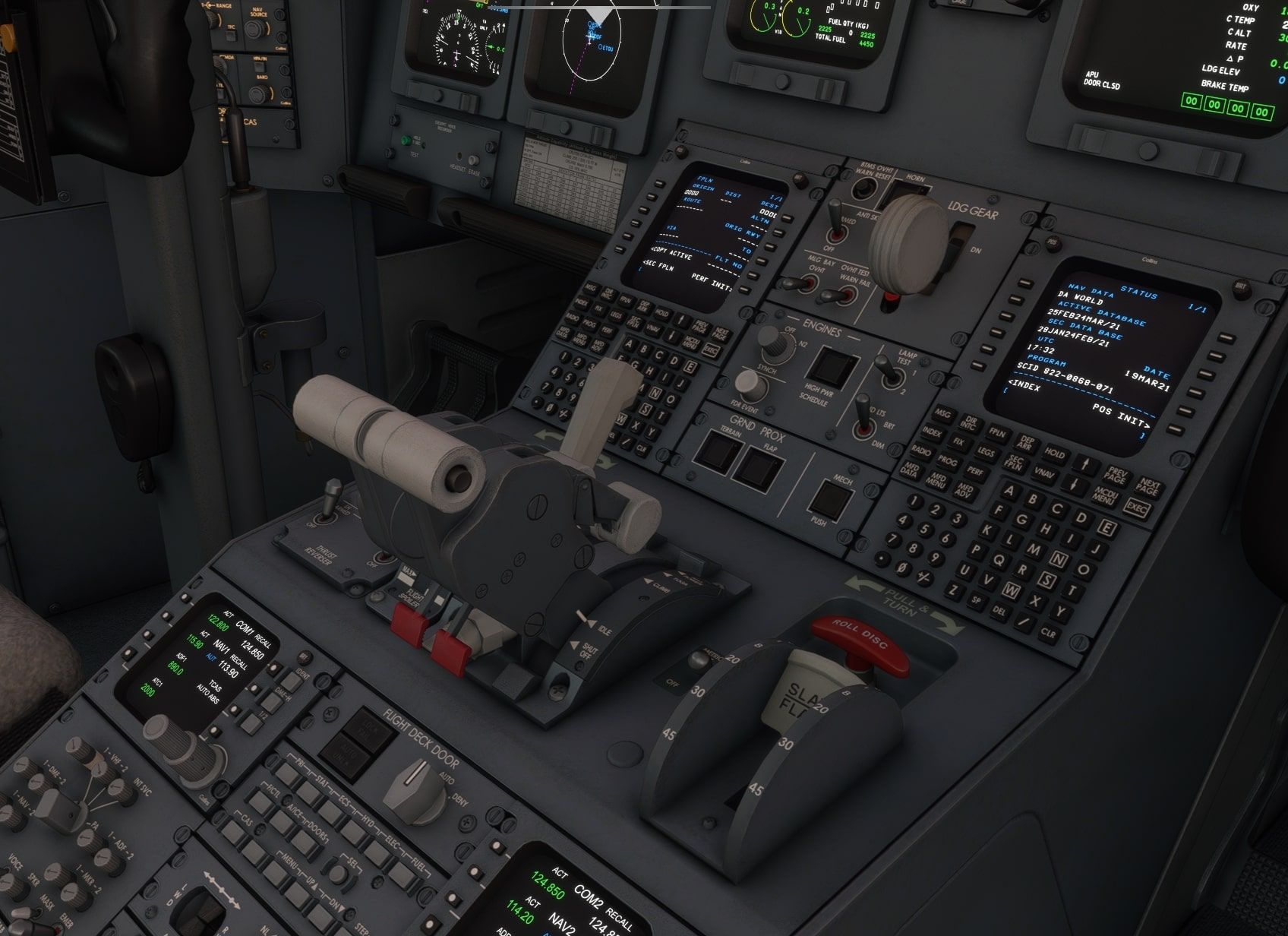
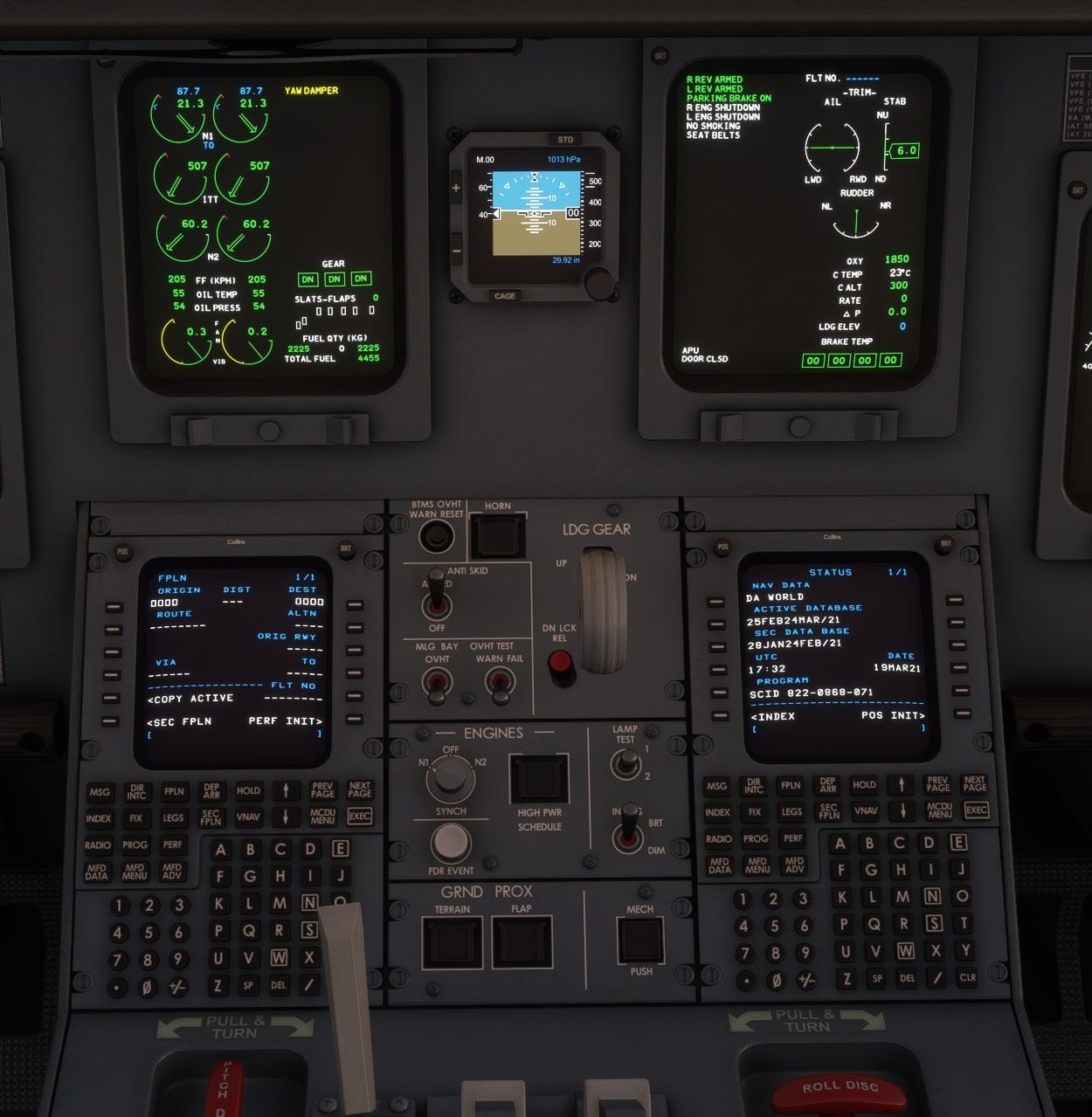
More Systems
The CRJ currently comes with a (still) non-functioning Weather and Terrain Radar. It is unclear why this is the case, but it is likely that the implementation of a weather or terrain radar is simply not yet technically possible due to the lack of interfaces to Microsoft Flight Simulator. It remains to be hoped that this will change with upcoming updates. As primary non-flyers of this aircraft, it is difficult for us to judge the system-depth of the CRJ 550/700. Nevertheless, we have to say that we were very impressed by the depth offered in the first impression. Whether or not this is a study-level aircraft remains to be seen. It is also questionable whether this can be even expected at all for such a price. In any case, system depth is present, and not just incidentally, but throughout.
The FMS is quite complete, all pages are modeled, and just the fact that there is a 70 page manual for the aircraft system suggests that some things have been well thought out here. It's certainly enough for a casual flight, and certainly enough for a semi-realistic flight - if not more. However, we'll hold back on judging whether this is a study-level aircraft and leave that to the experts who really know their way around the aircraft. Compared to a Microsoft default aircraft, however, I think it is not an exaggeration to say that we can expect at least 10 times as much depth with this aircraft.
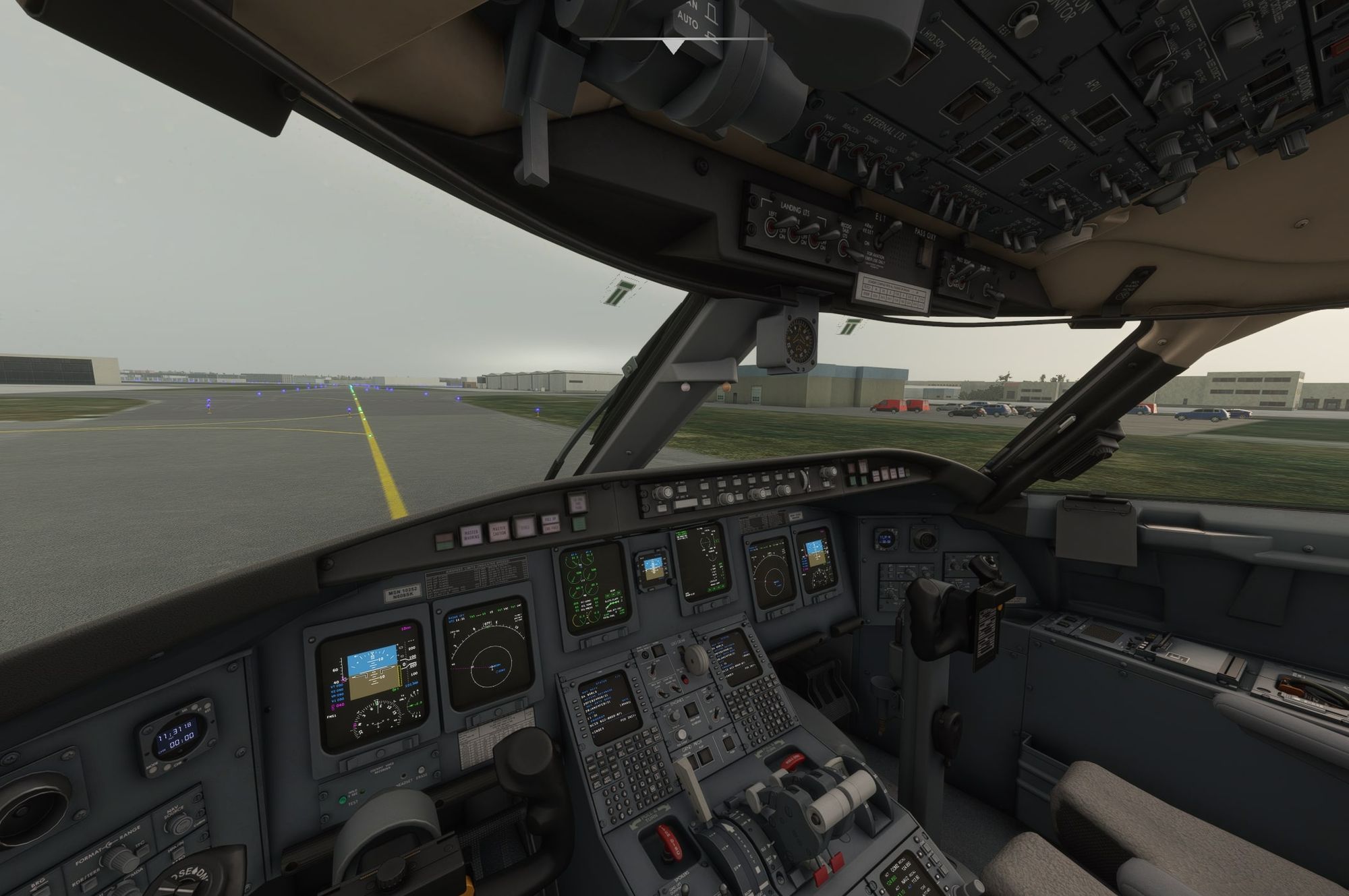
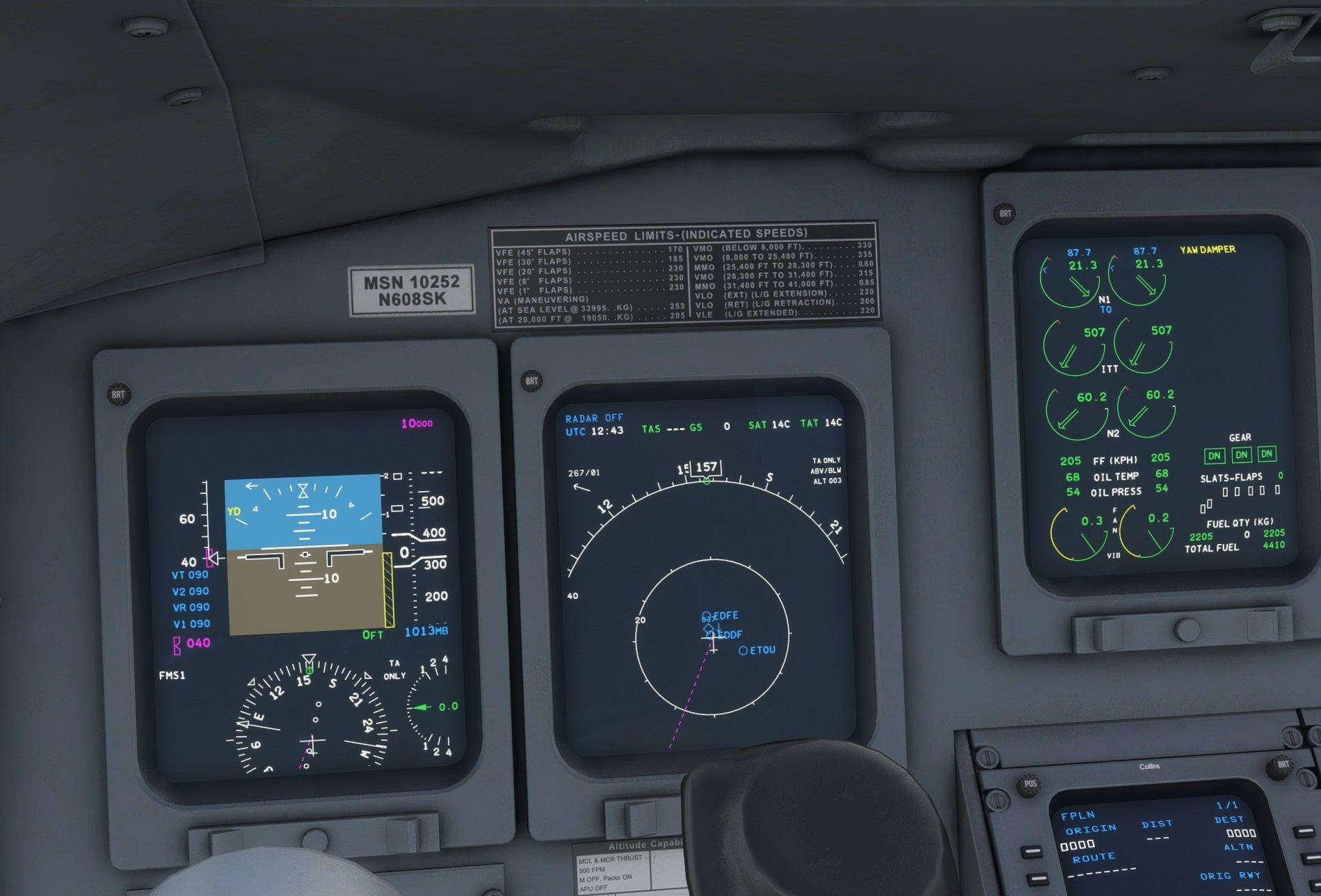
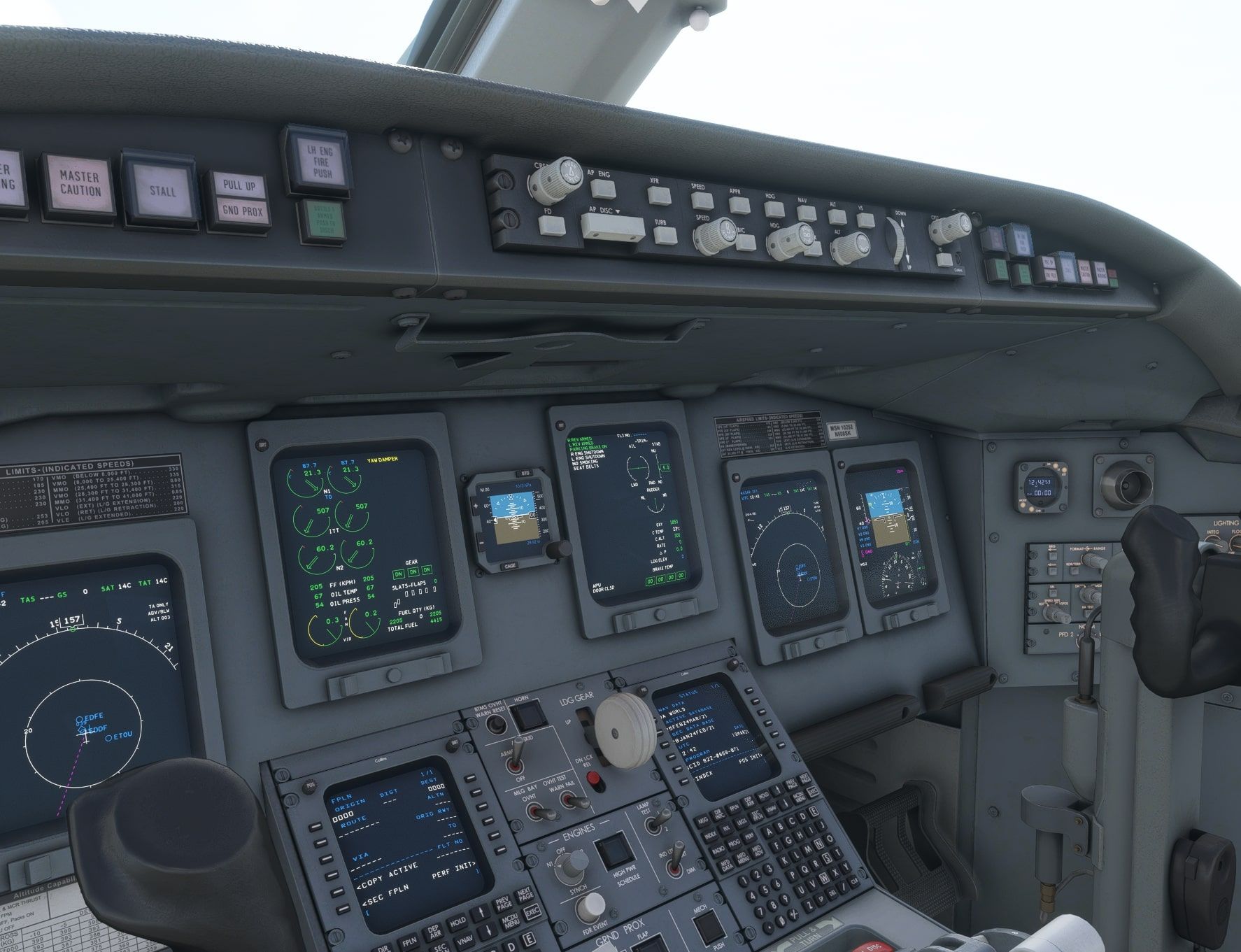
Flight behavior
A dream! During taxi, take-off and cruise the aircraft behaves exactly as you would expect - smooth and predictable. It's really a joy to taxi this aircraft. At the same time, once in the air, piloting is a challenge in itself. The CRJ 550/700 demands more flying skill than a modern Airbus or Boeing, because the ability to automate the flight is limited. For example, it is not possible to control the airspeed during the flight - just like in the real one. The lack of autothrust requires good speed monitoring and situation awareness - especially because there is only a rudimentary VNAV system. During our test flight, we noticed that the autopilot sometimes has difficulties flying turns in NAV mode. Especially in sharp turns, the aircraft tends to overfly the route a bit. As a result, it tries all the harder to get back on course. This constant left-and-right banking sometimes looks quite interesting. Nevertheless, it should be mentioned that this only affects the sharpest turns. The autopilot usually manages somewhat normal turns cleanly and neatly. These inconsistencies were noticed when turning at an angle of over 60 degrees. The same applies, by the way, when you surprise the autopilot with a DIRECT.
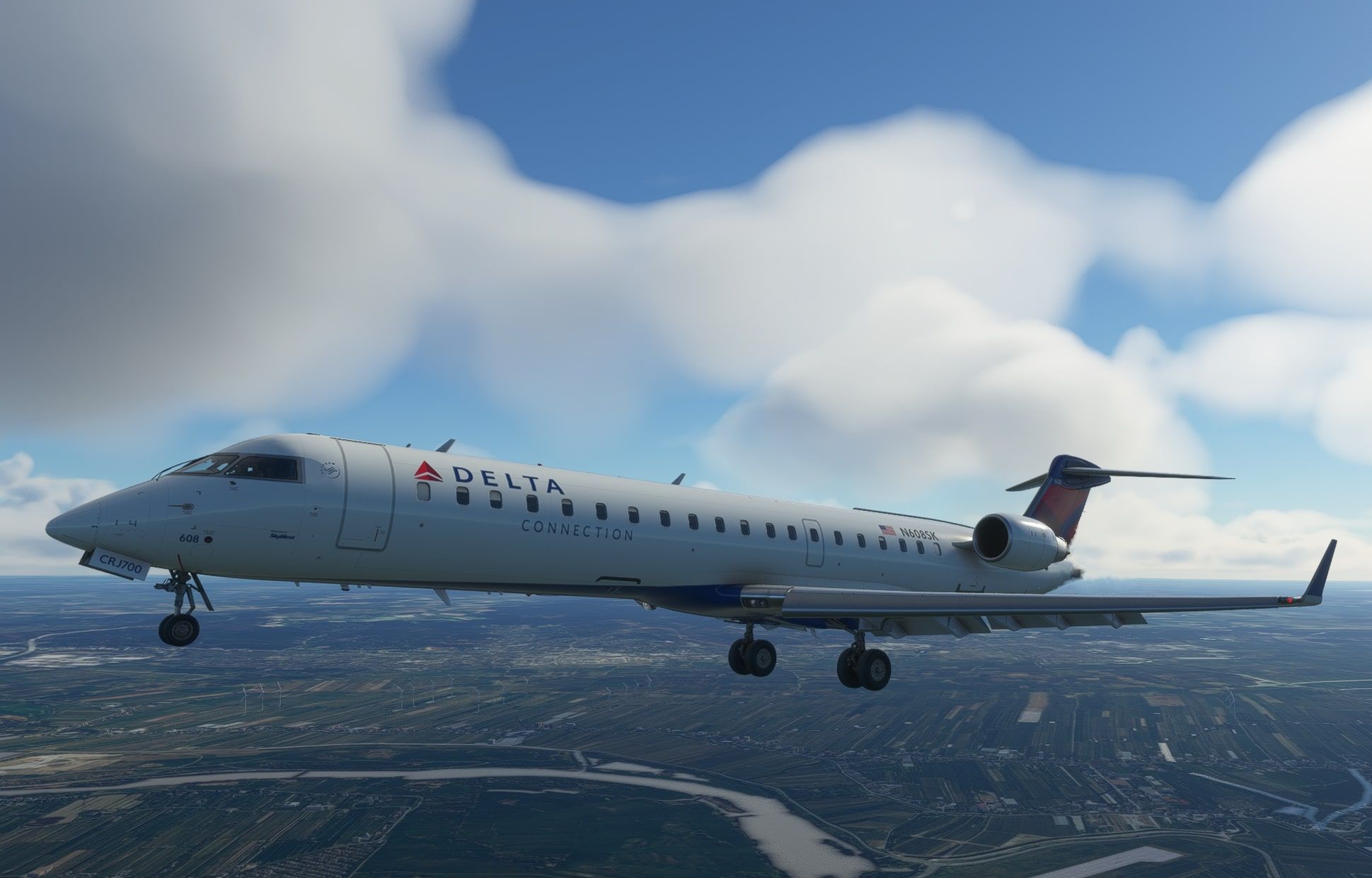
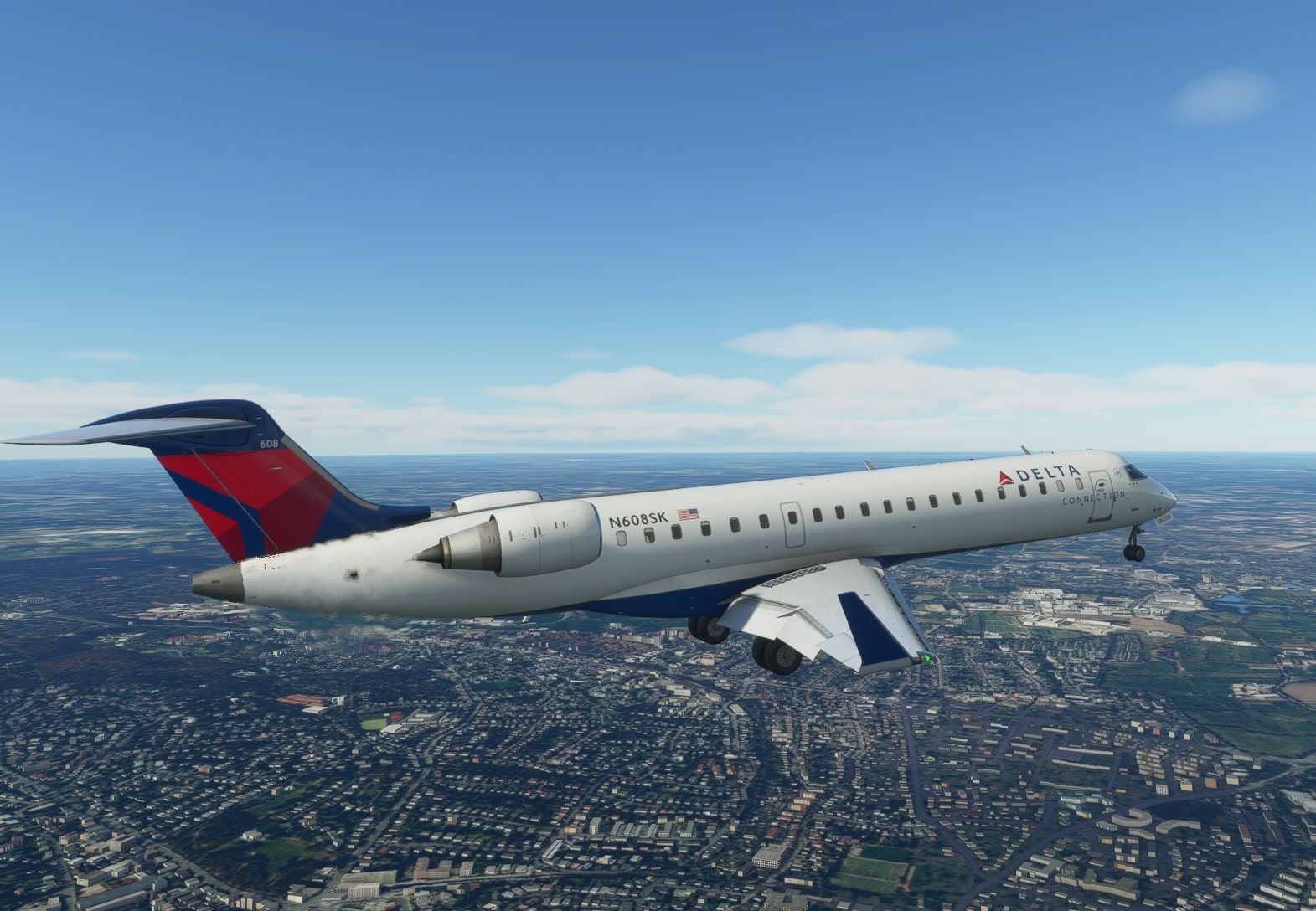
Caution should also be exercised when planning and executing ILS approaches. It is an apparently widespread scenario that the CRJ indicates that it has caught the glide path, but then nevertheless disregards it or acts completely irrationally. It is therefore advisable to have your landing configuration under control before receiving the glide path. If you are too fast and too high and you don't hit the glide path perfectly, it is possible that the CRJ will help you with quite a bit of pitch, which can then backfire. Whether this is a problem that can only be attributed to the CRJ is questionable, however: because other aircraft, such as the FBW A320neo, also exhibit similar behavior when it comes to ILS approaches, it is likely due to Microsoft Flight Simulator. But it's all the more awesome when you can finally put the machine on. Pure smoothness! In the cockpit, you can literally feel every bend and rise of the runway.
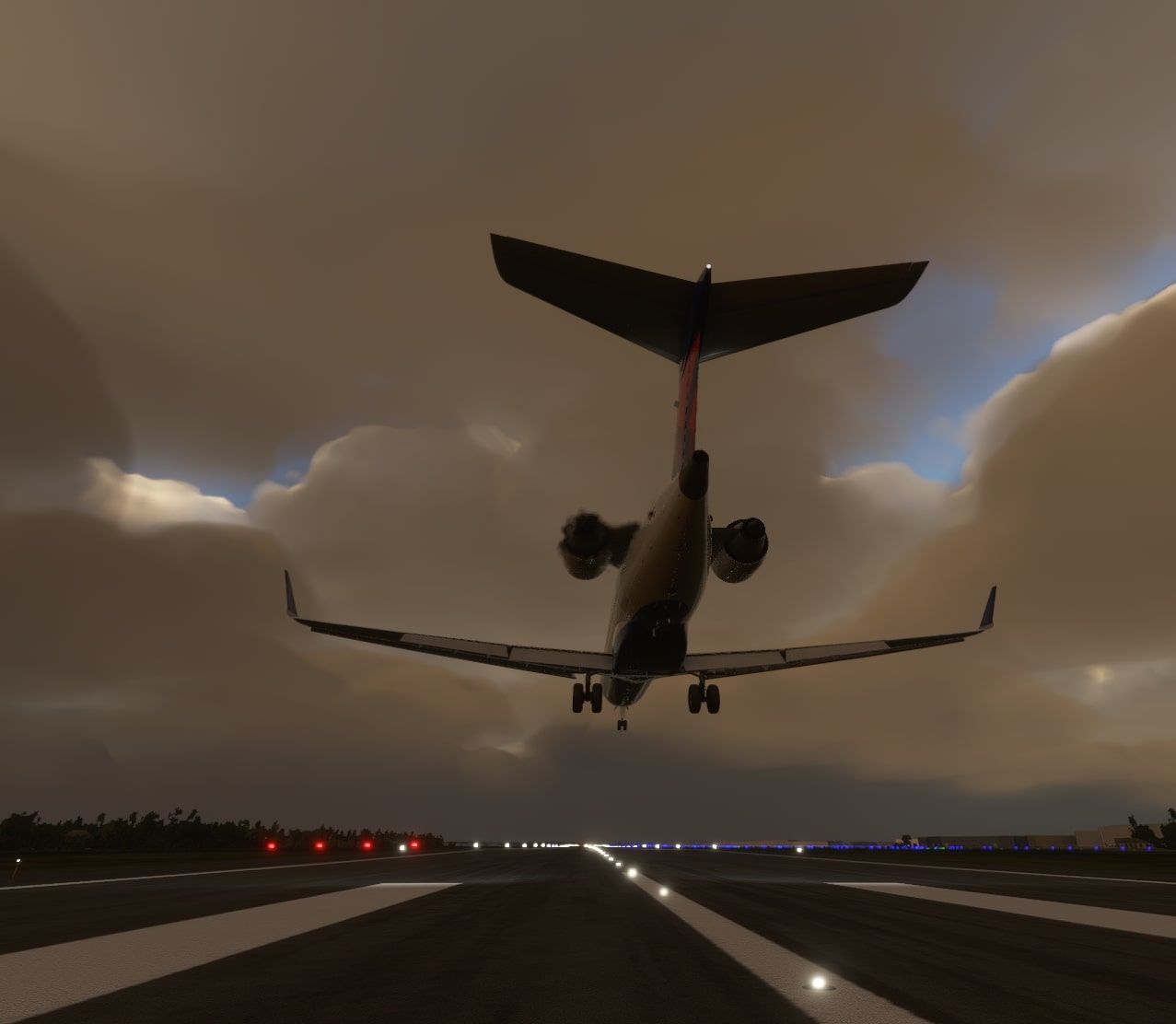
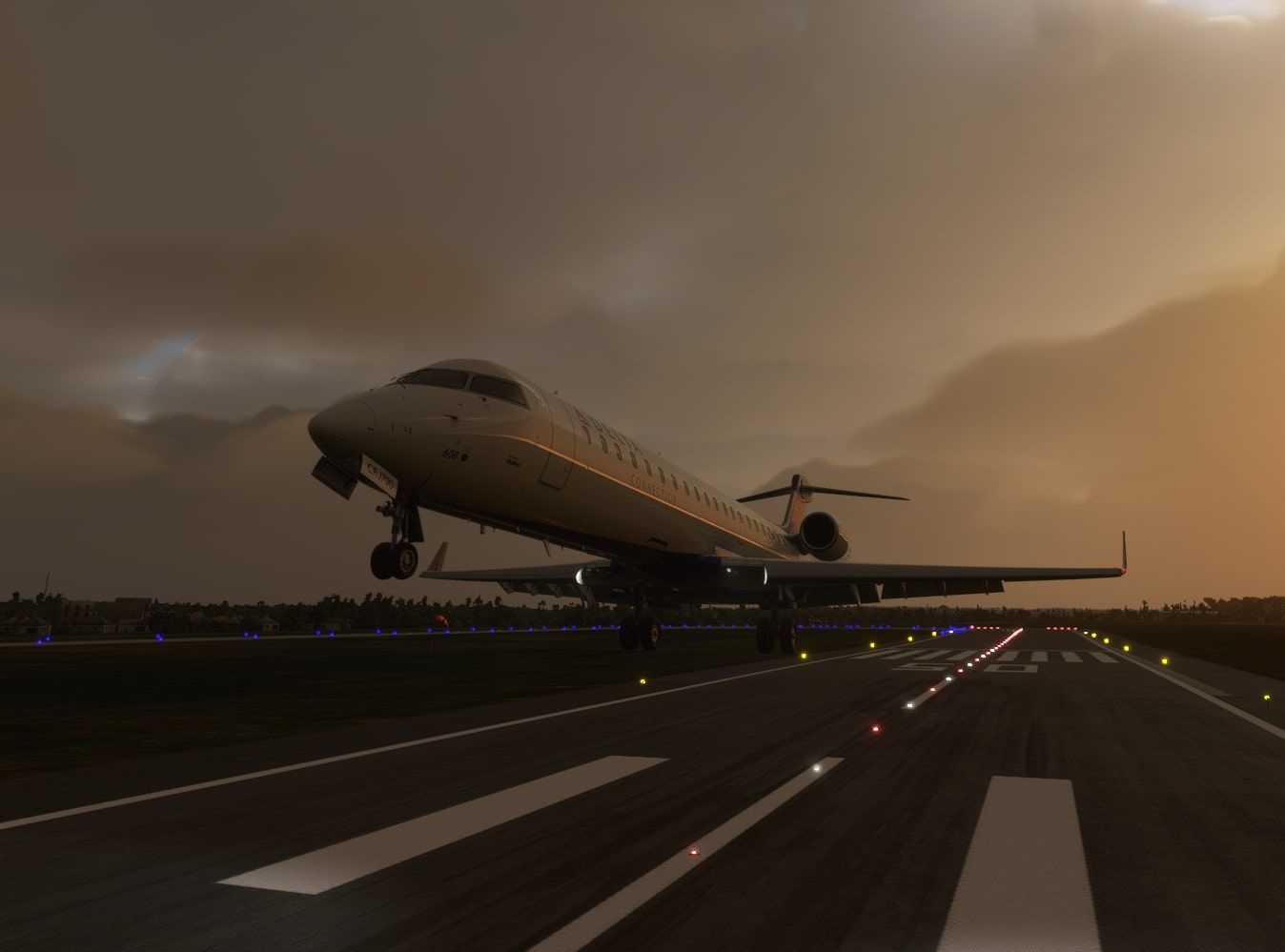
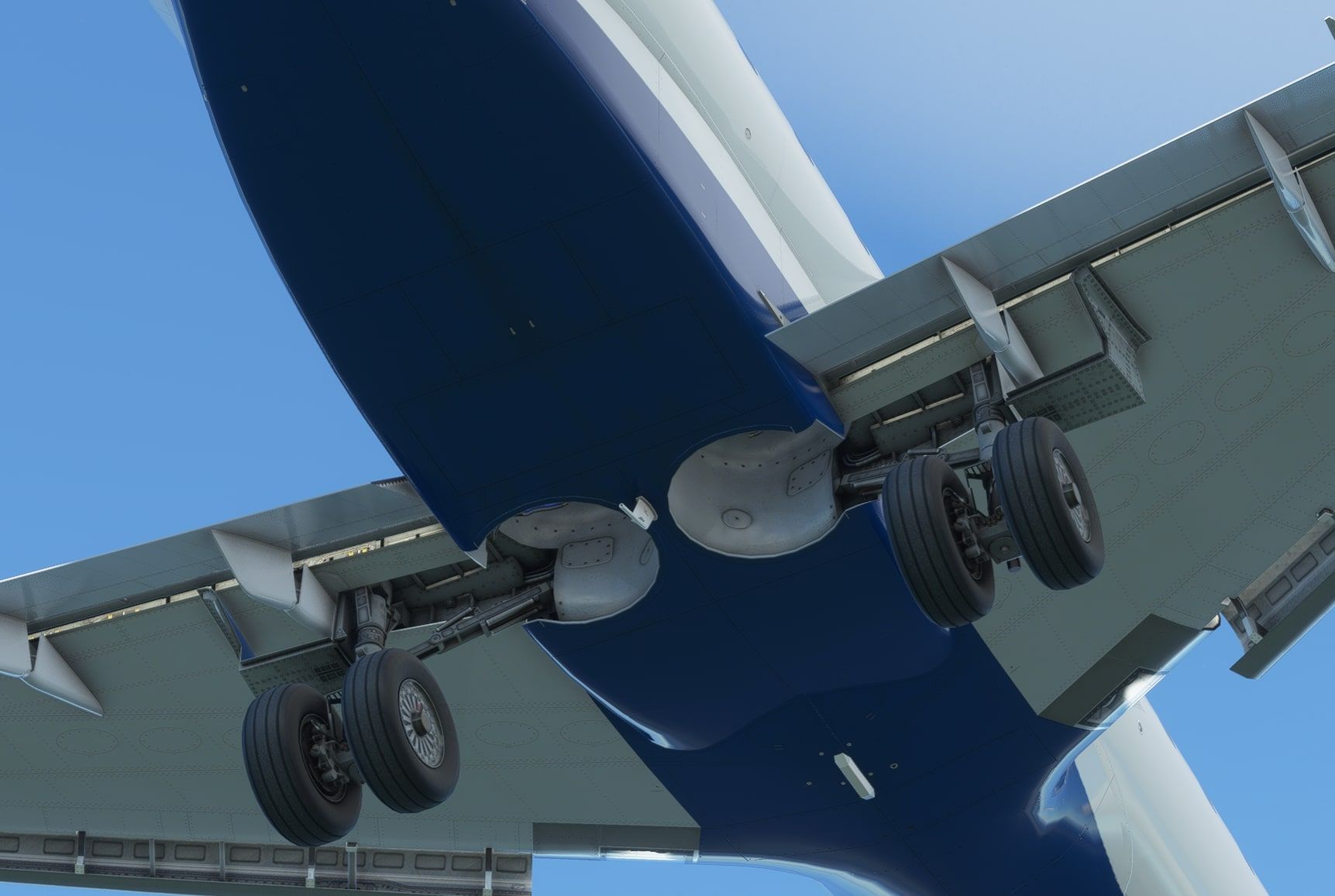
Performance
The only thing left to mention is the performance. On our mid-range test system, we noticed an average FPS drop of 3 to 5 FPS compared to the standard A320 that comes with Microsoft Flight Simulator. However, this experience can hardly be generalized. Microsoft Flight Simulator is already a relatively unstable product, which makes different demands on different systems. Therefore, we cannot make any statements about how the performance is affected on low- or high-range systems. However, it can be assumed that there will possibly be constant performance updates with further updates. In any case, we are pleasantly surprised and did not notice any major issues - it runs smoothly and as it should.
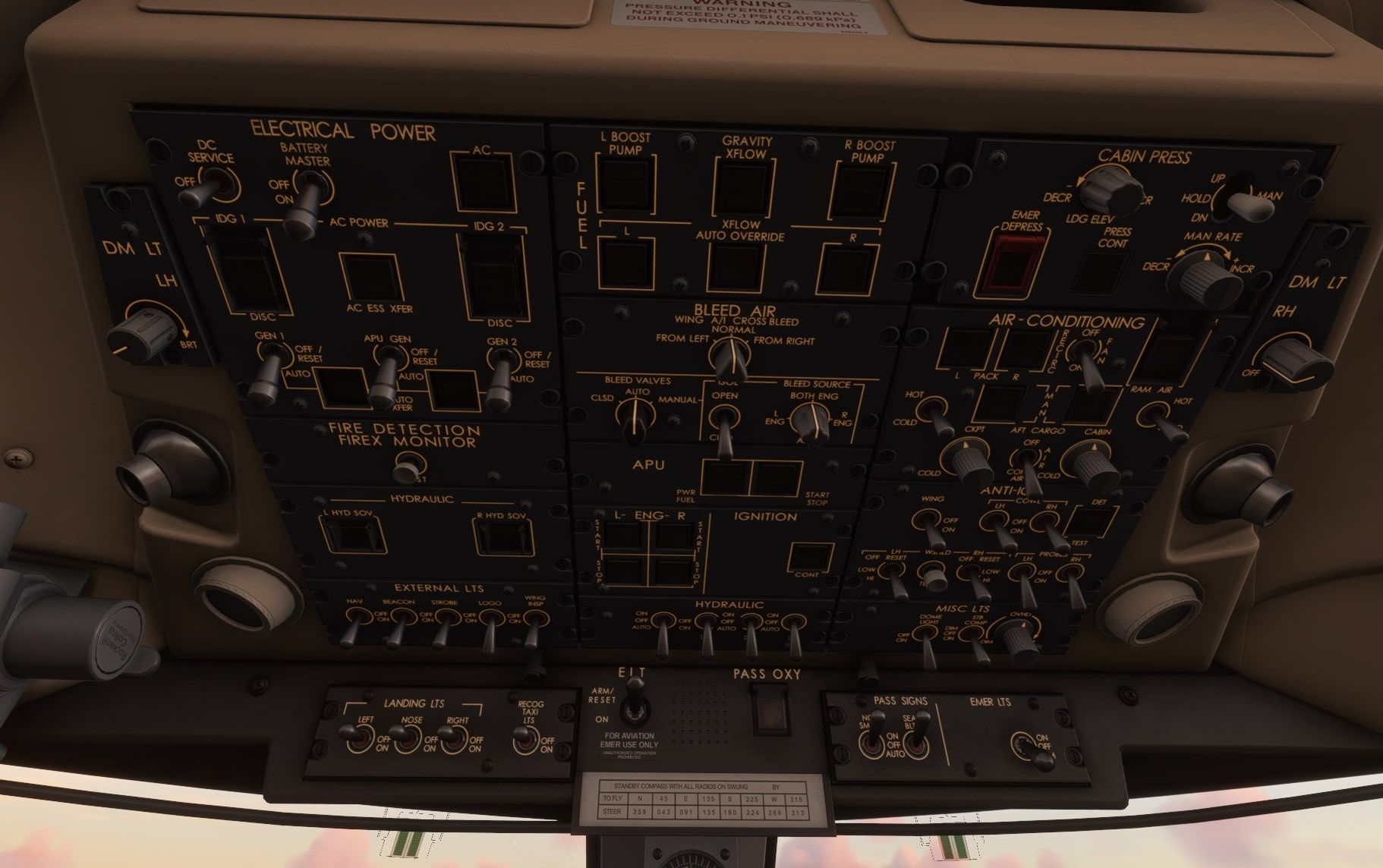
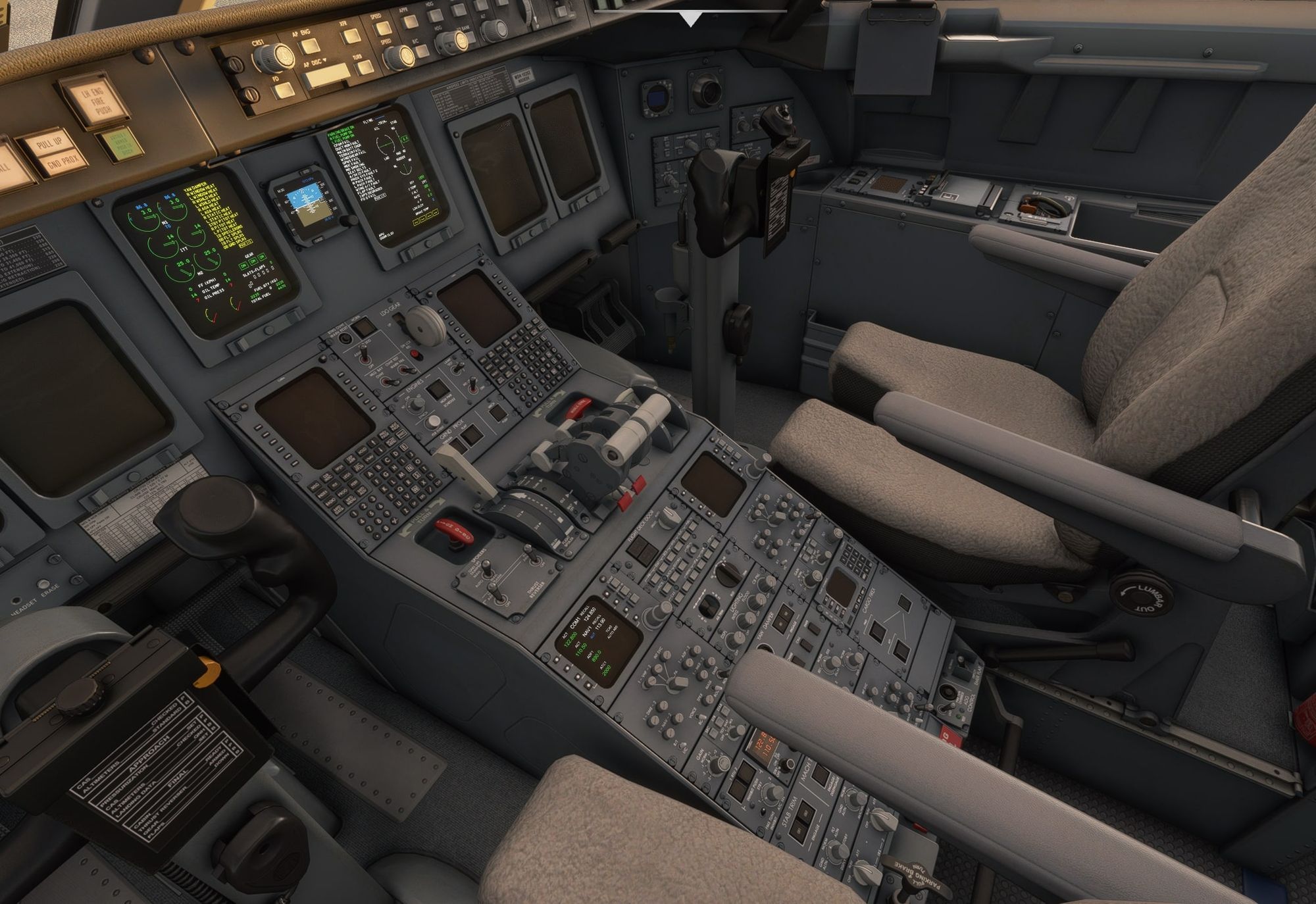
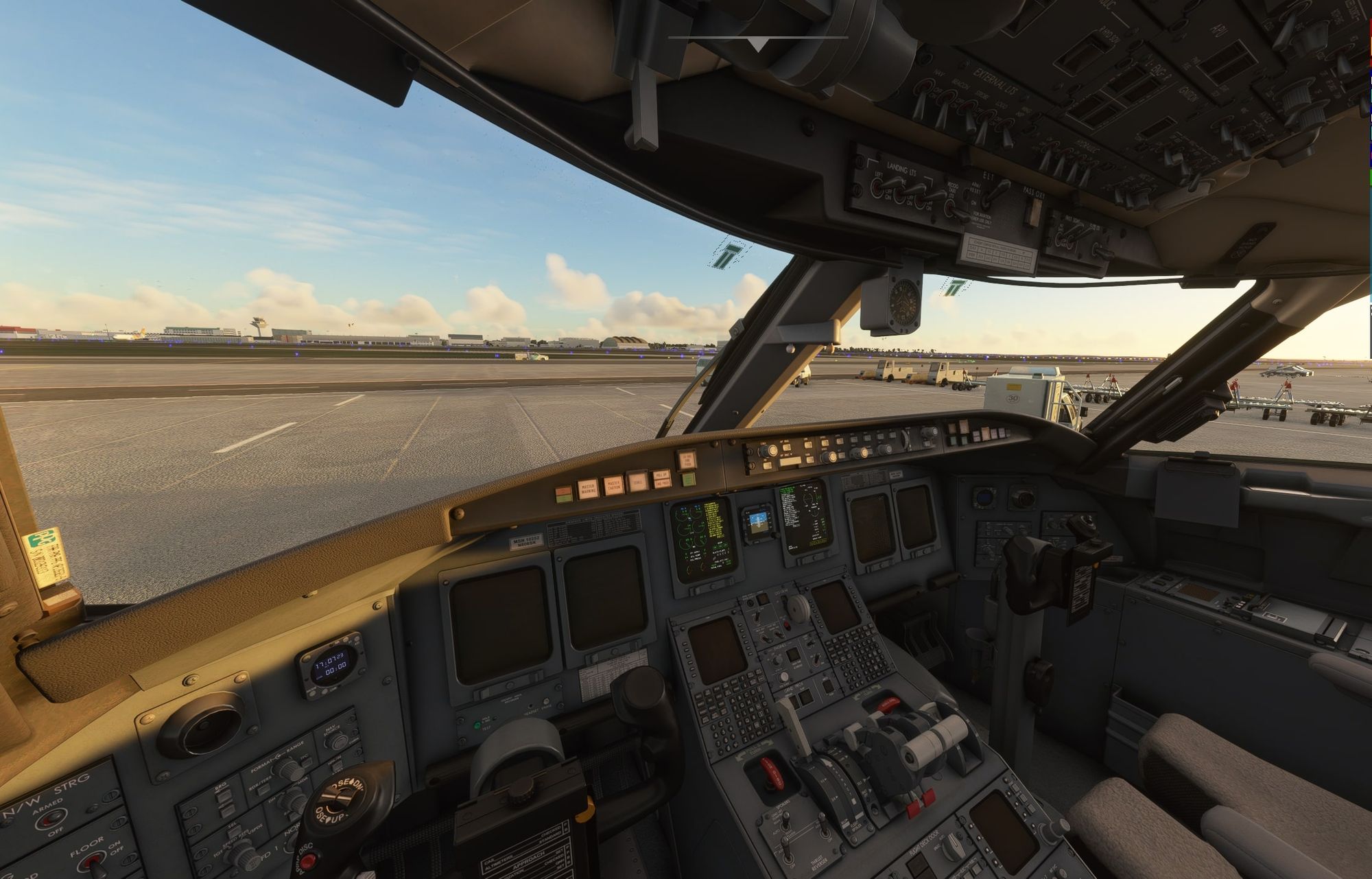
Conclusion
The long-awaited Aerosoft CRJ is the first more complex, detailed third-party airliner for Microsoft Flight Simulator. And it fully lives up to all expectations and demands. For airliner fans, it offers a new, sophisticated challenge that is both fun and challenging at the same time. While Microsoft's default aircrafts rather give Flight Simulator the status of an "arcade" game, Aerosoft manages to create some variety with the CRJ here. Considering the remarkable speed with which the guys from Aerosoft have brought a finished product to the market, this deserves full respect - keeping in mind that we will have to wait at least another year for other airliners of similar depth. Aerosoft has used as much as possible of what Microsoft Flight Simulator currently offers. The limitations and disadvantages mentioned above are mostly simply due to the fact that MSFS as such does not yet support these features. If you don't refer to the system depth of an FSLabs product for comparison, you will be more than satisfied. Therefore: If you like flying short-haul and airliners and if you are looking for a new challenge, you won't go wrong with the CRJ. In our eyes, the price is more than fair for so much attention to detail. At the same time, Aerosoft's CRJ improves Microsoft Flight Simulator's reputation as a mere arcade game immensely and is finally also a suitable product for pilots who place higher demands on realism than pure arcade.
